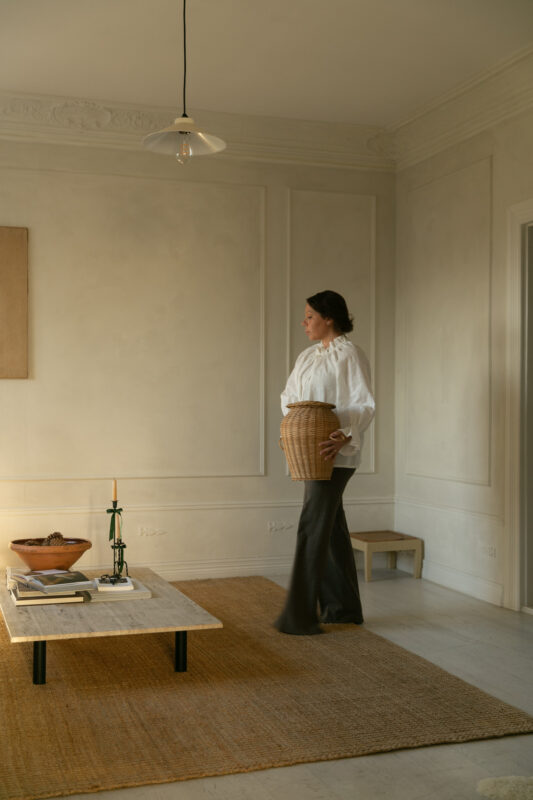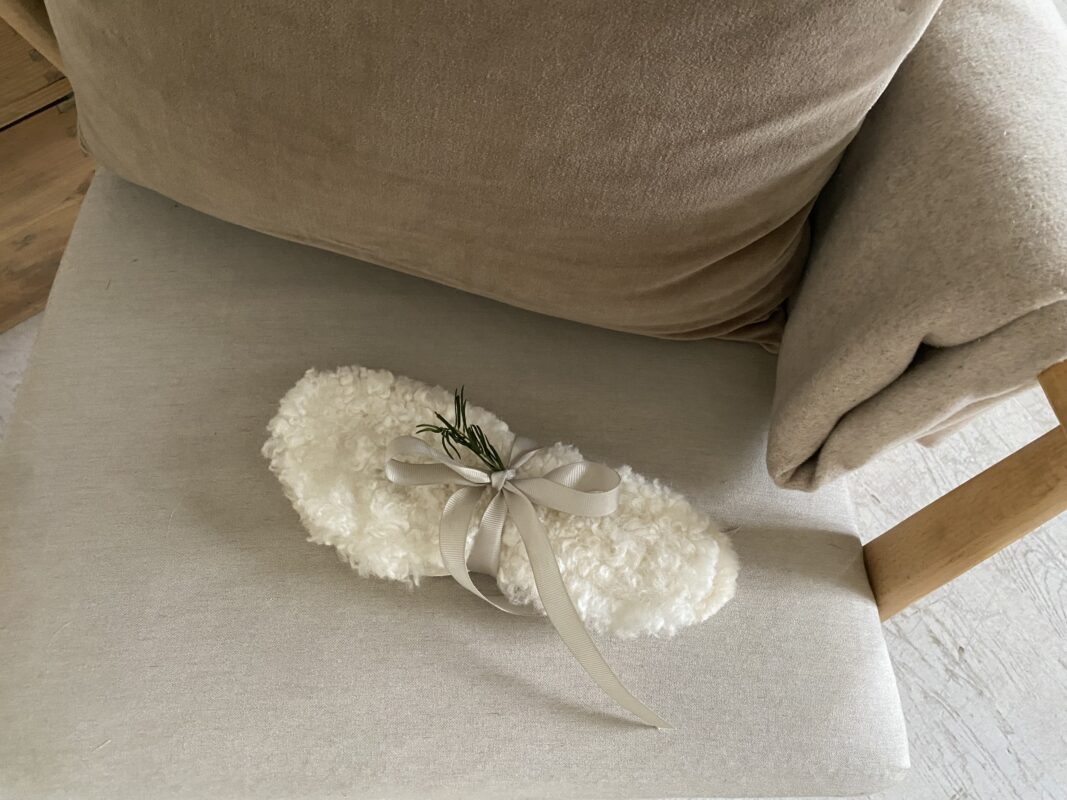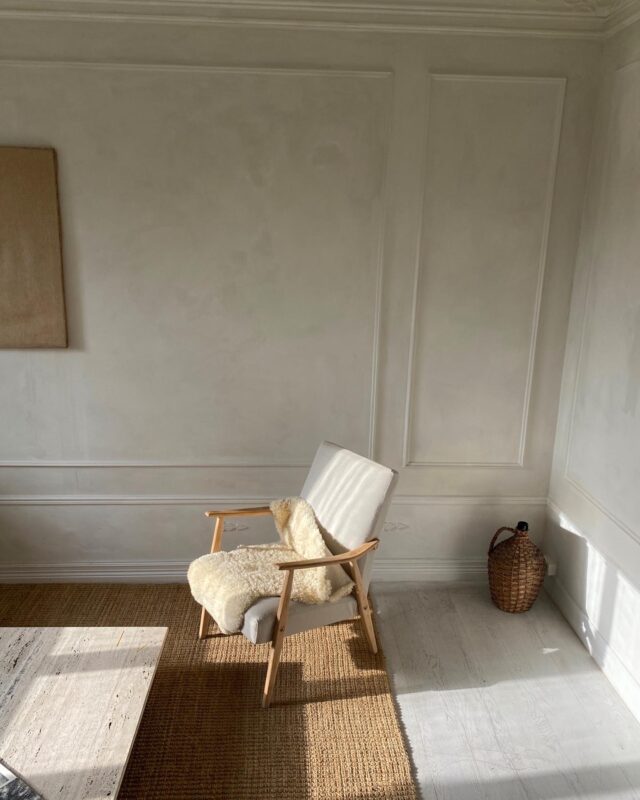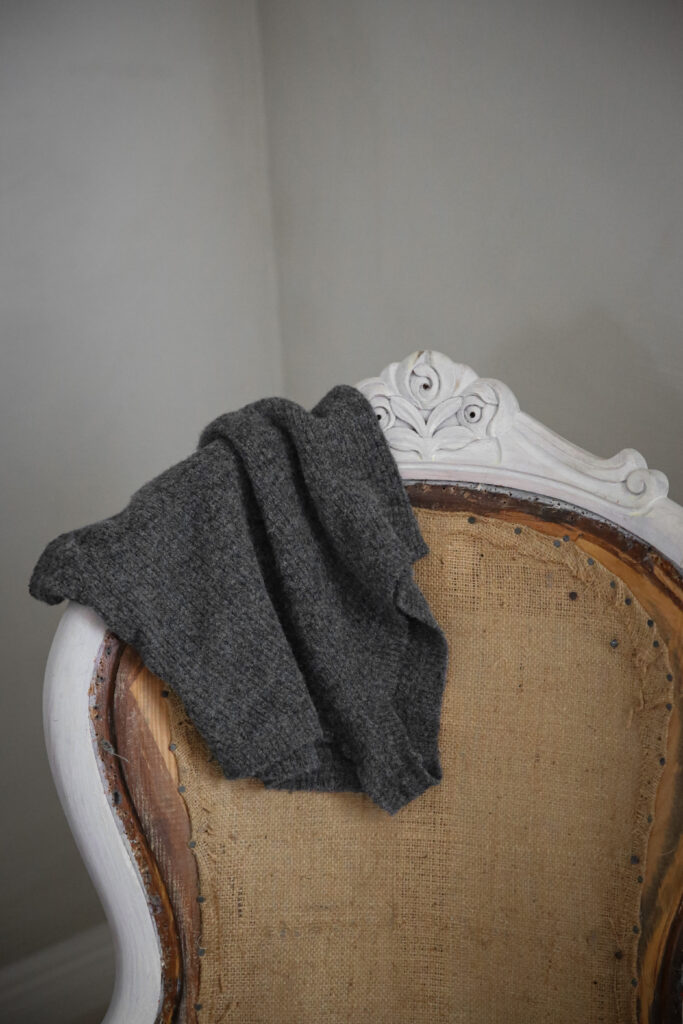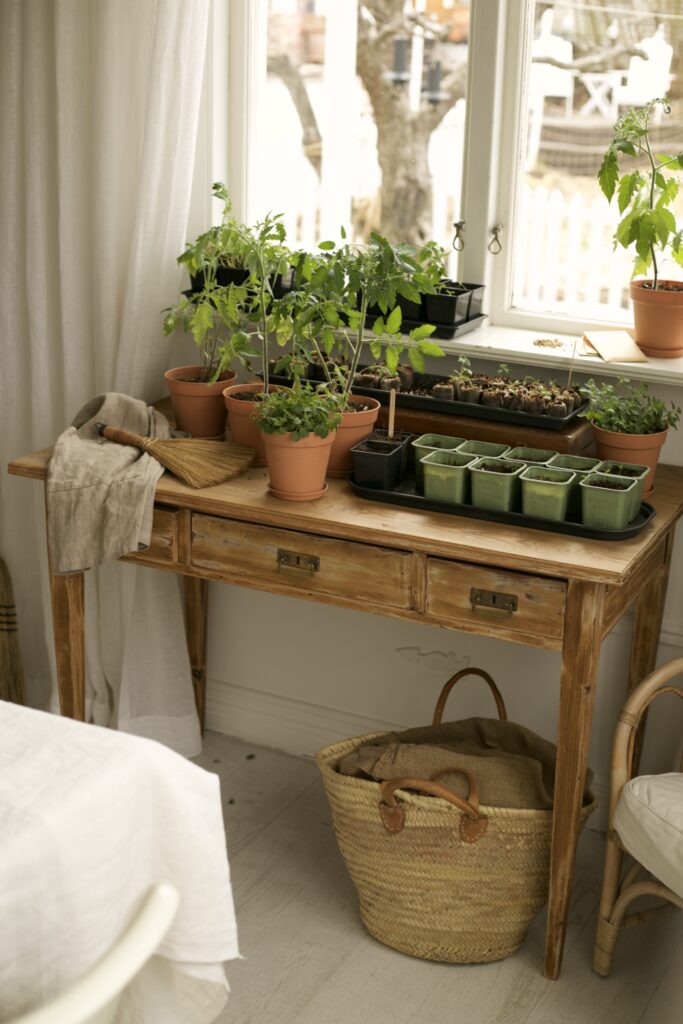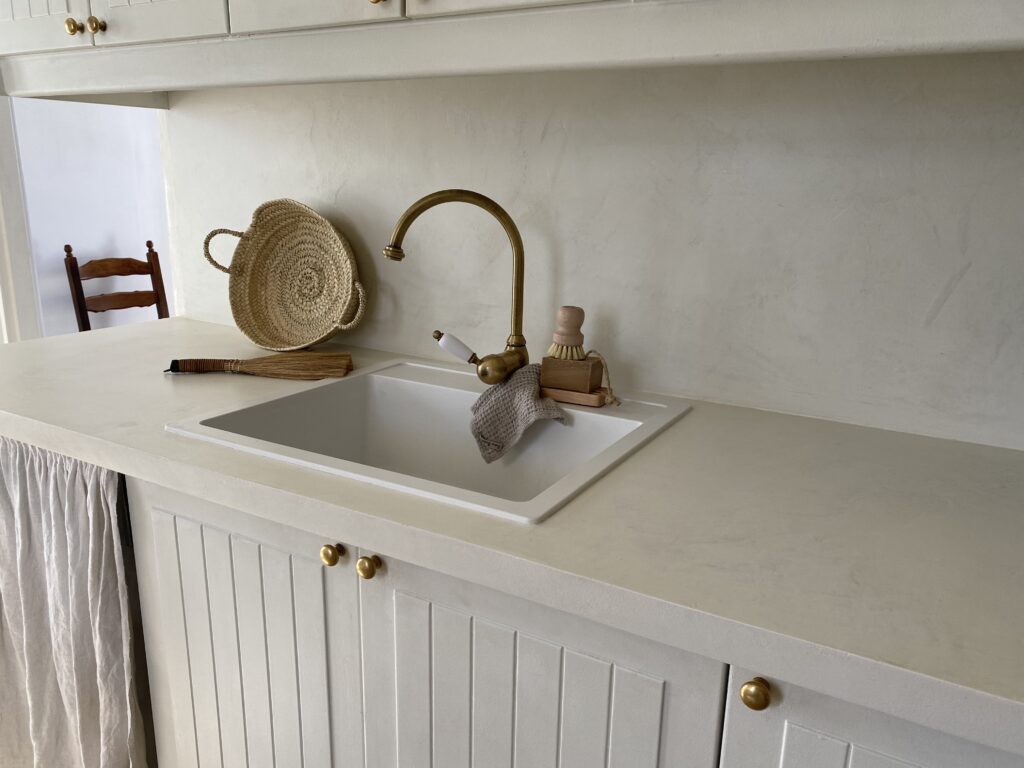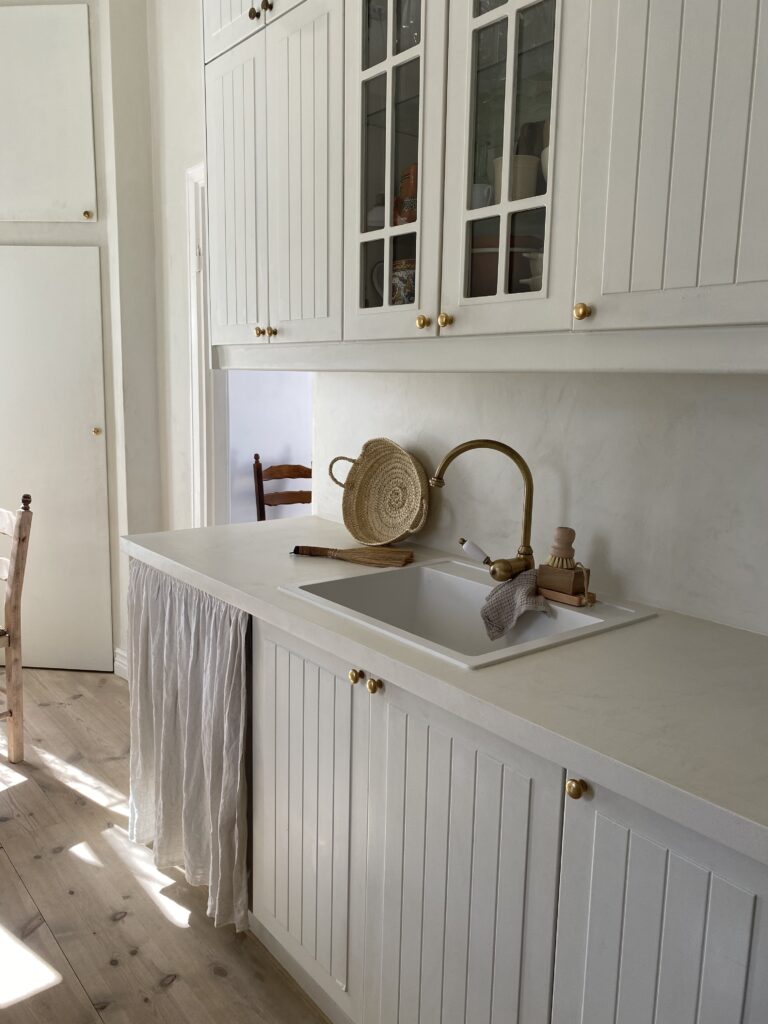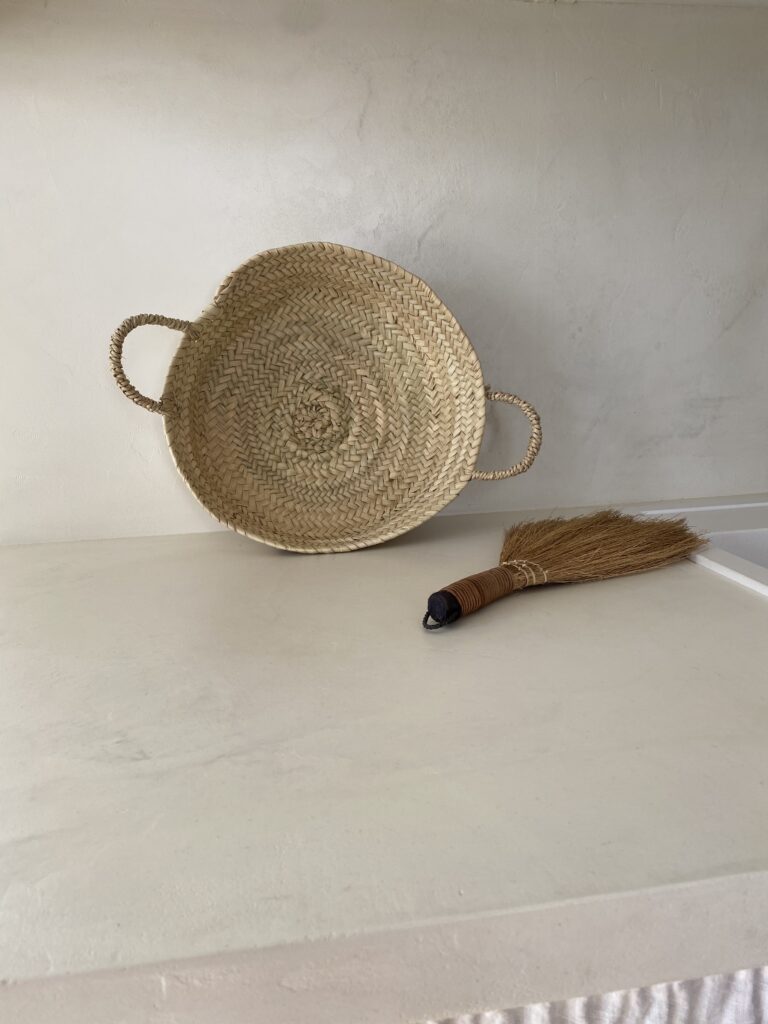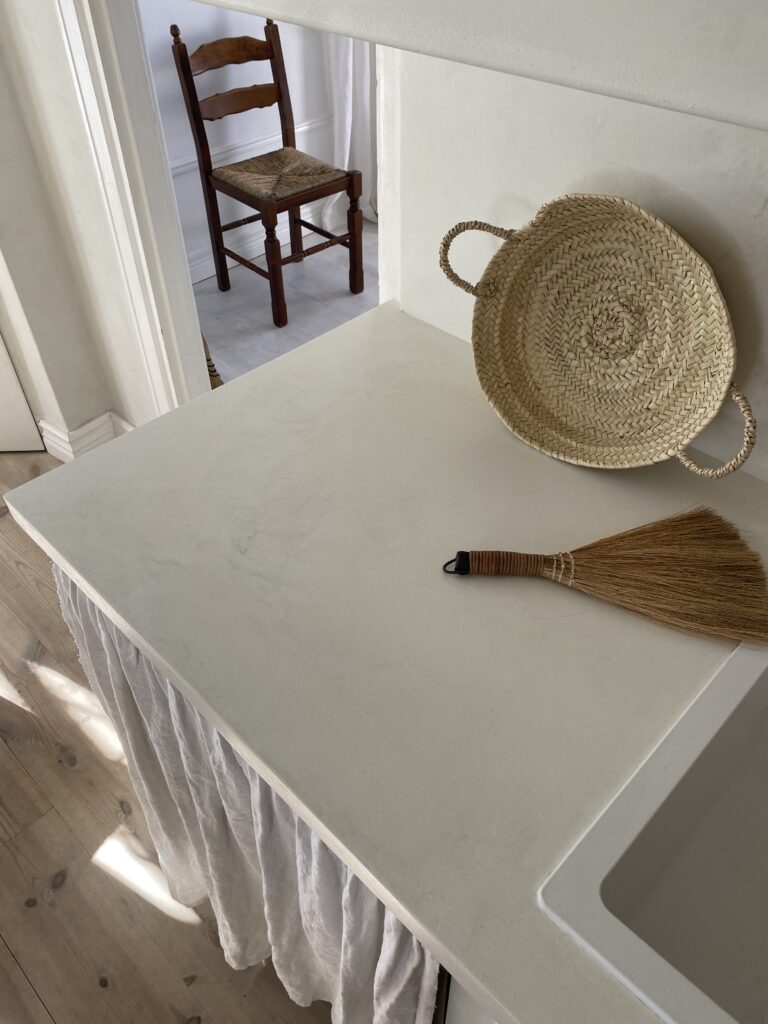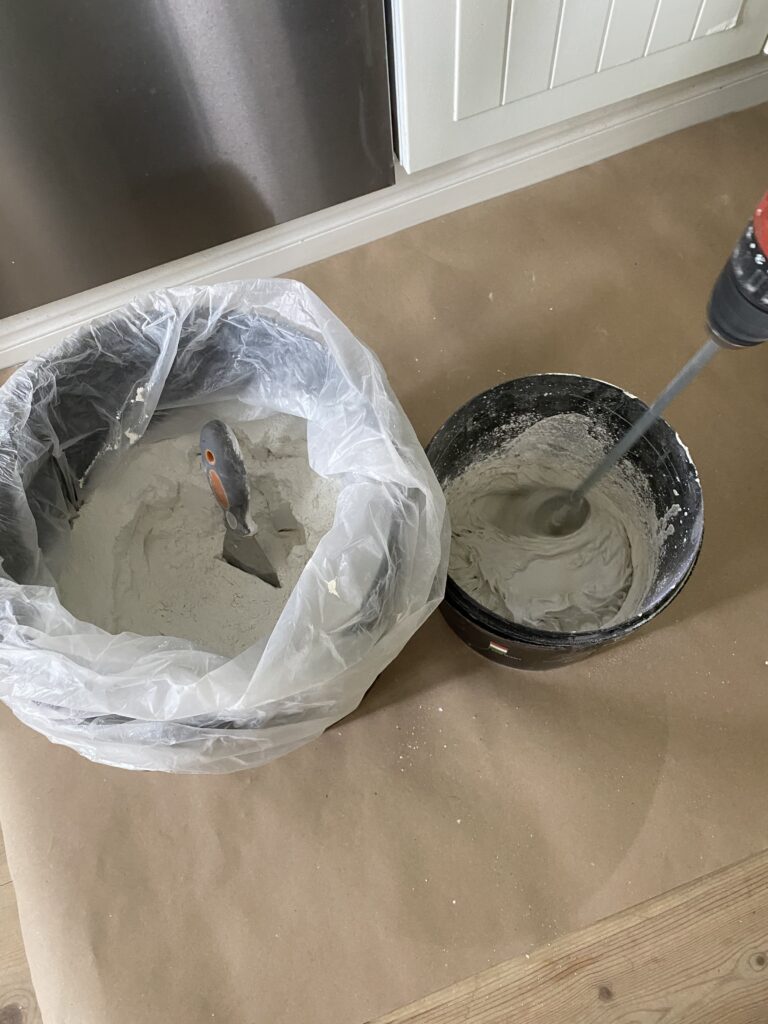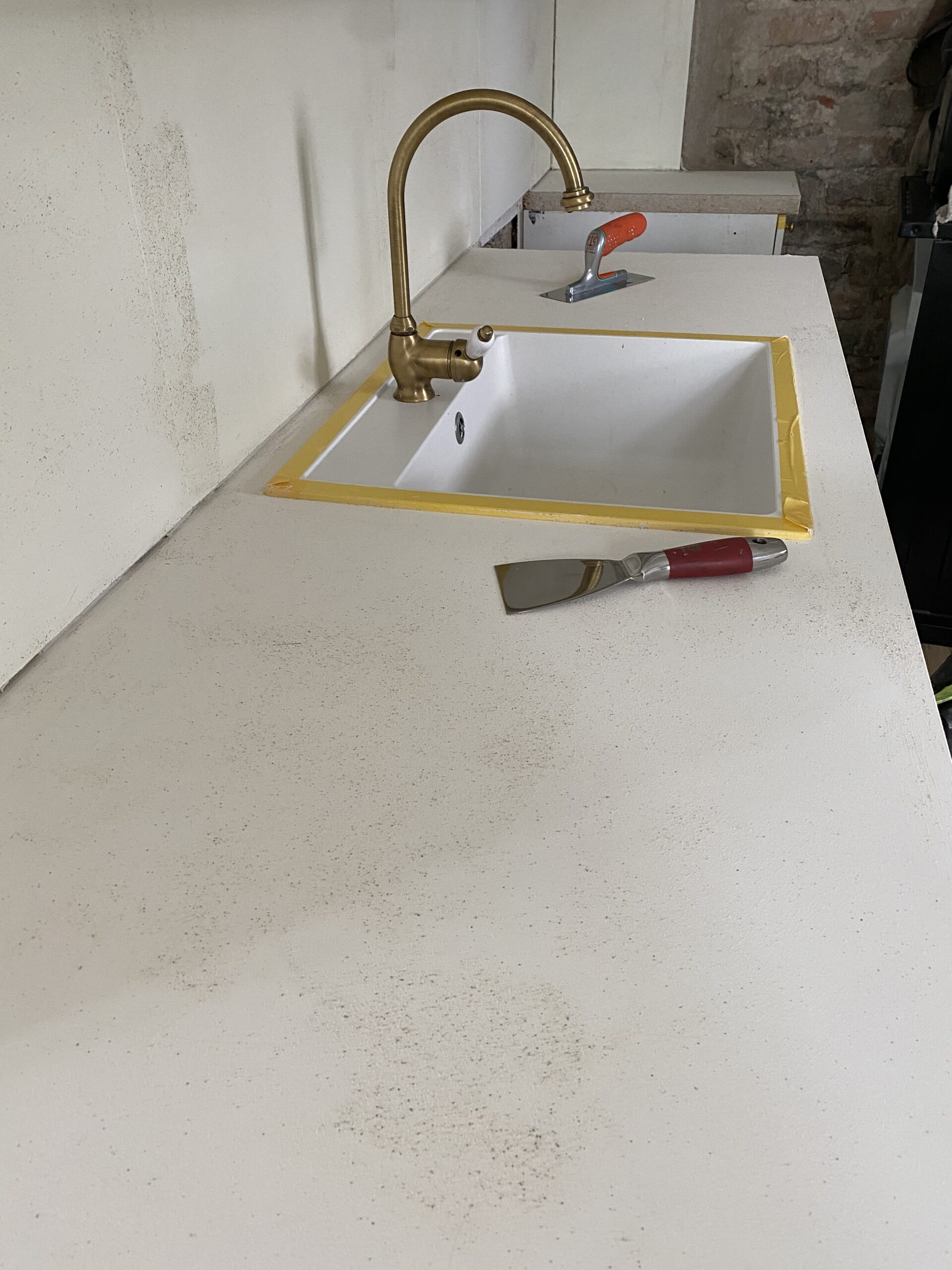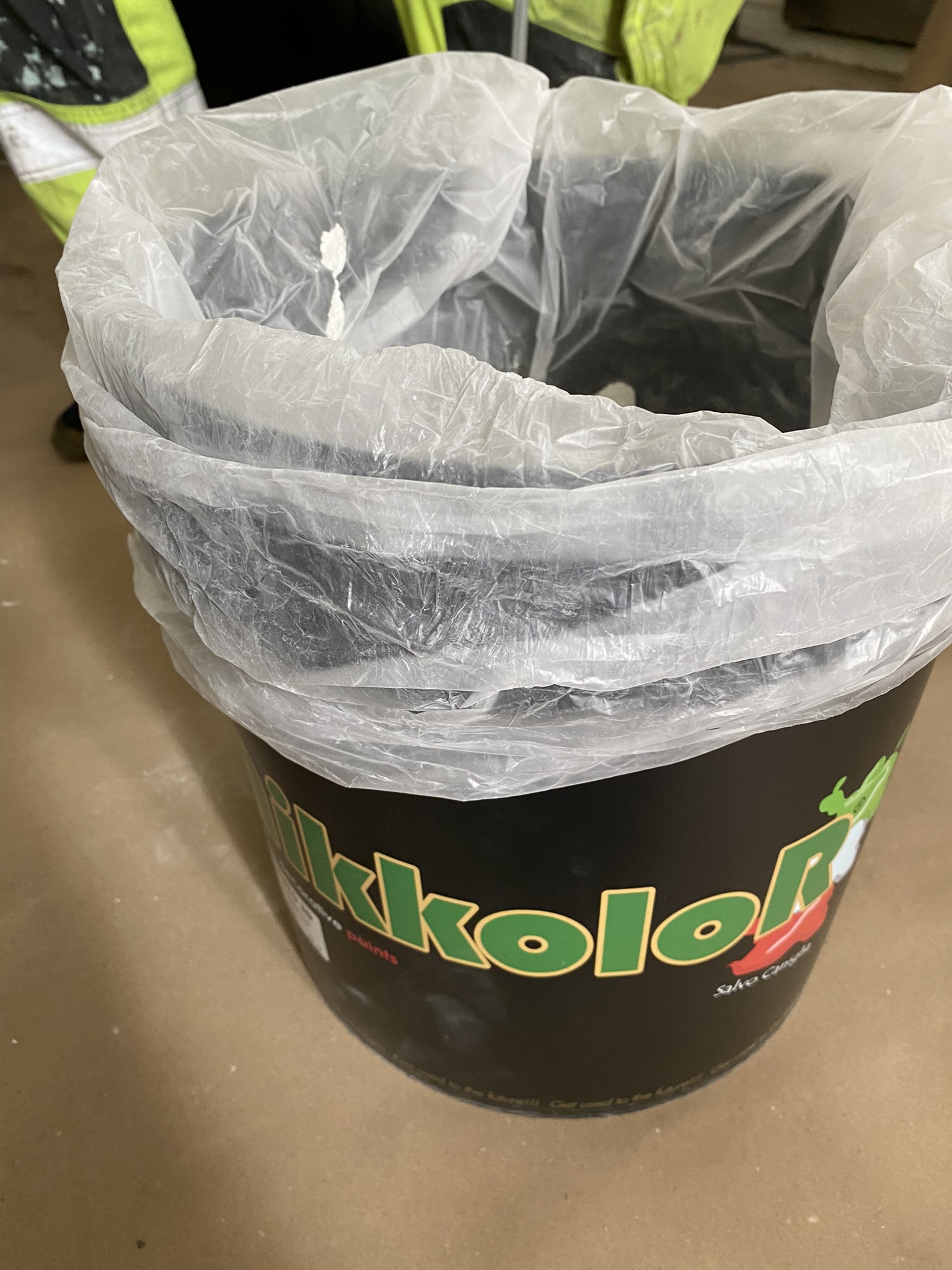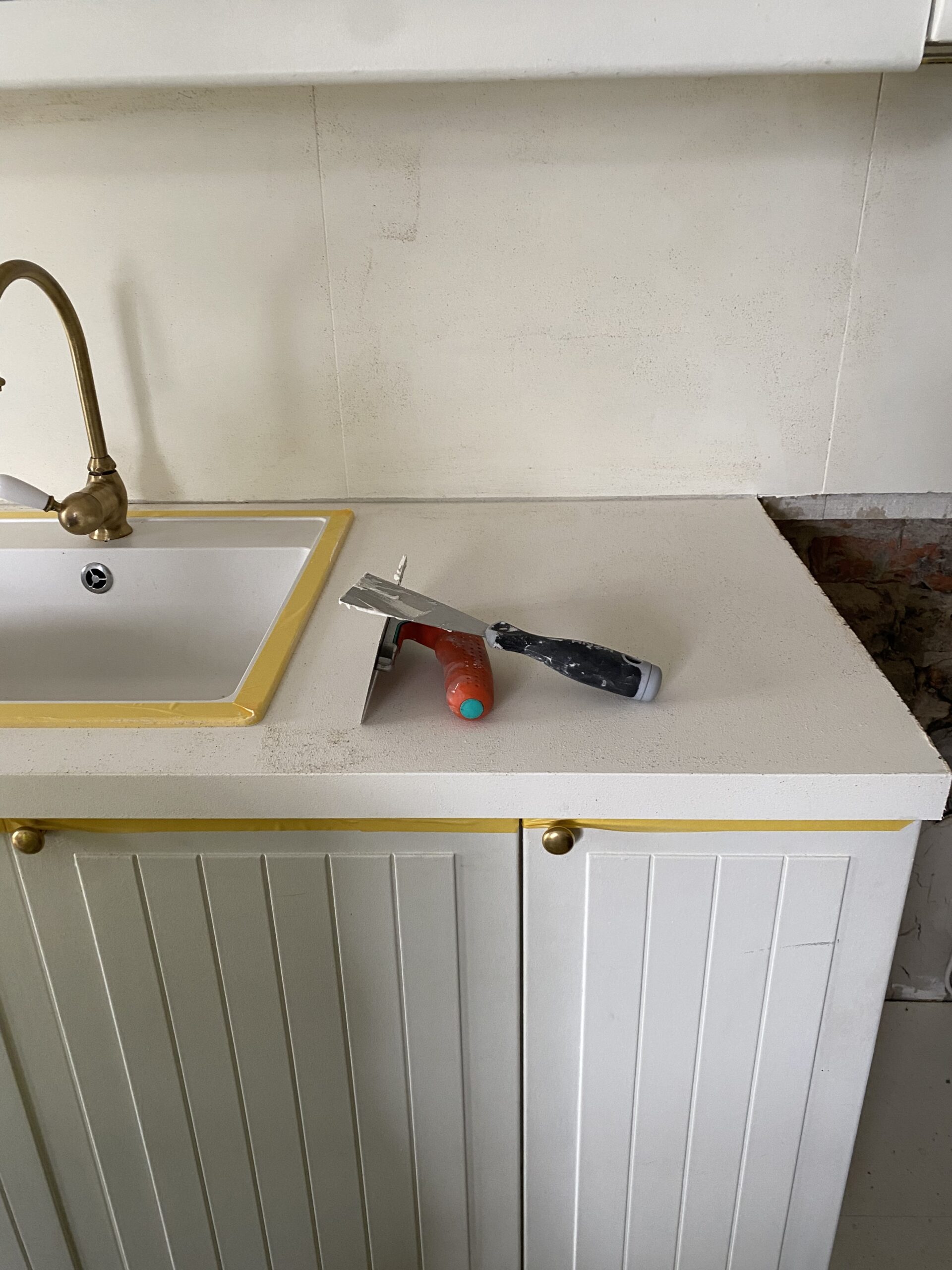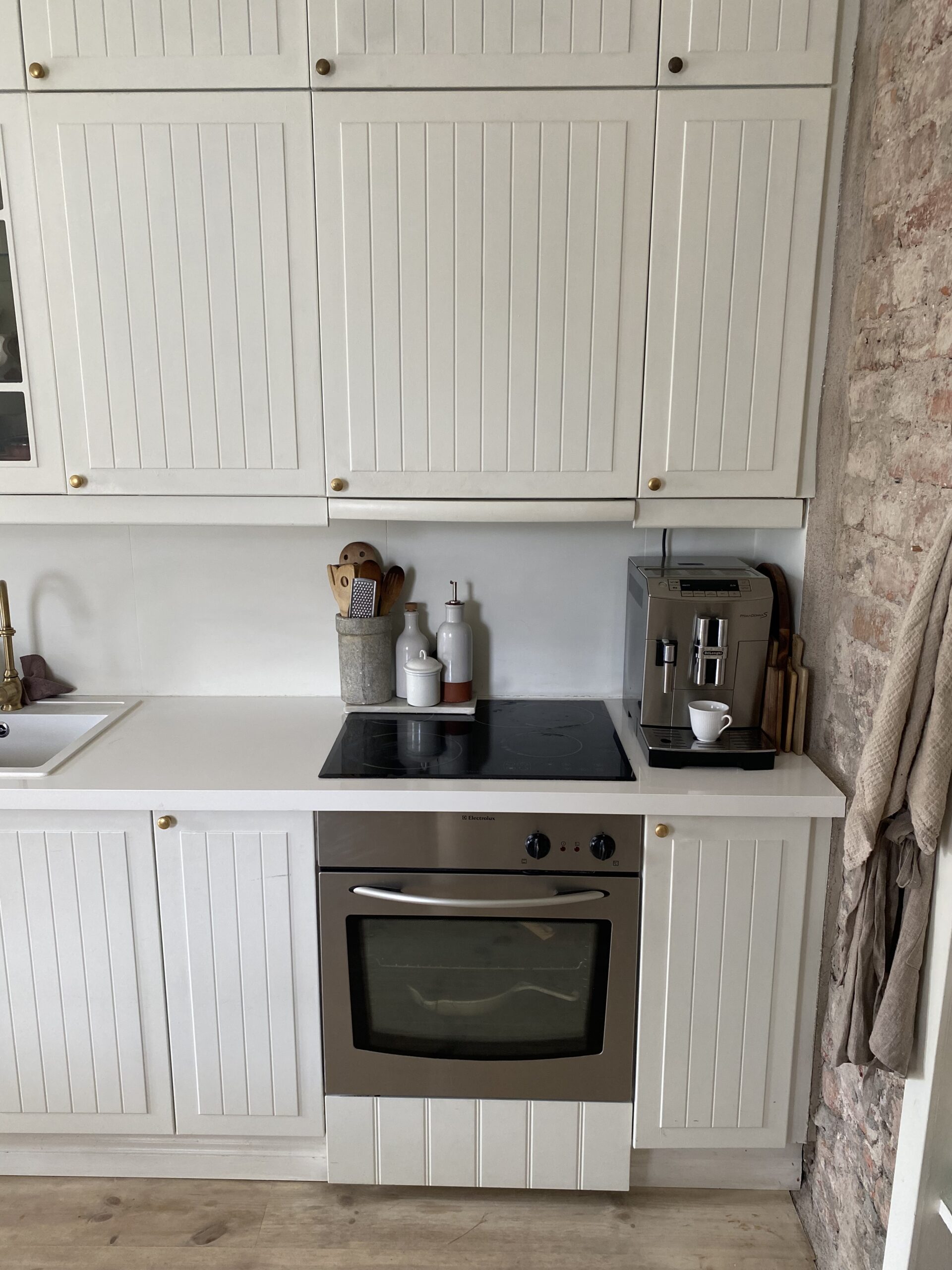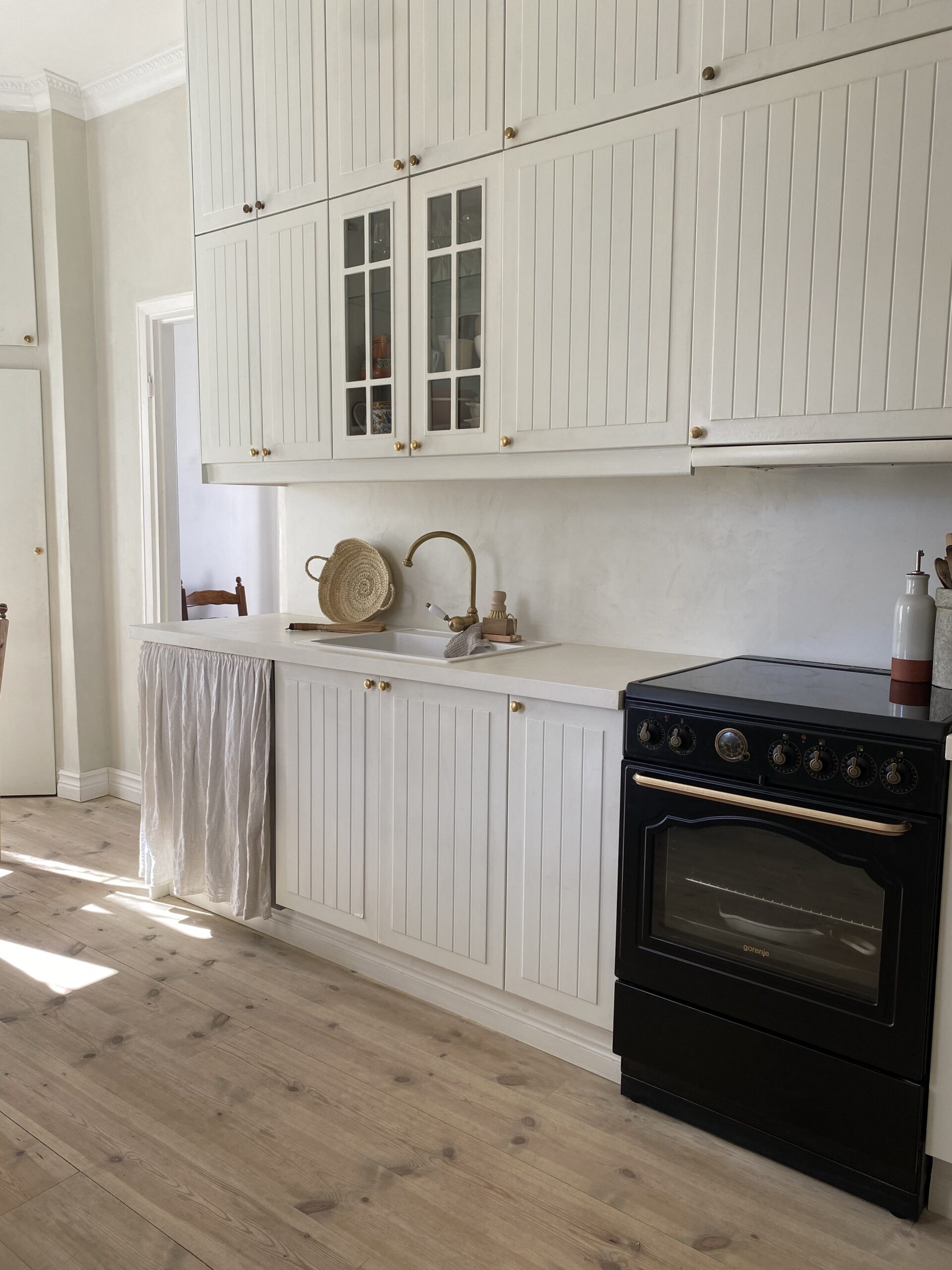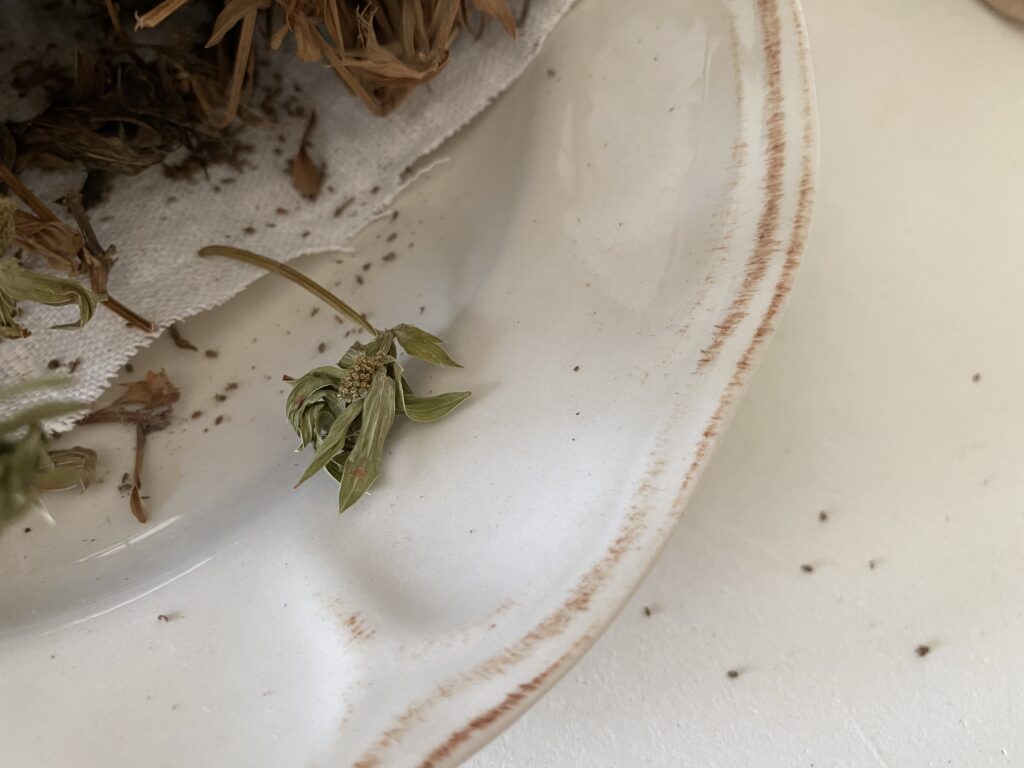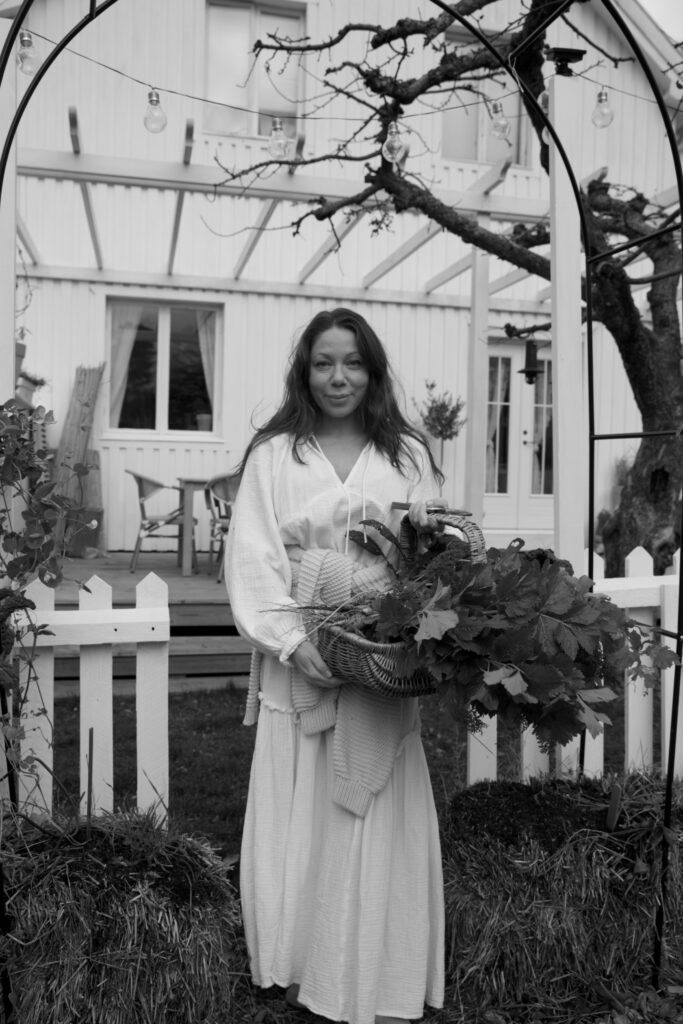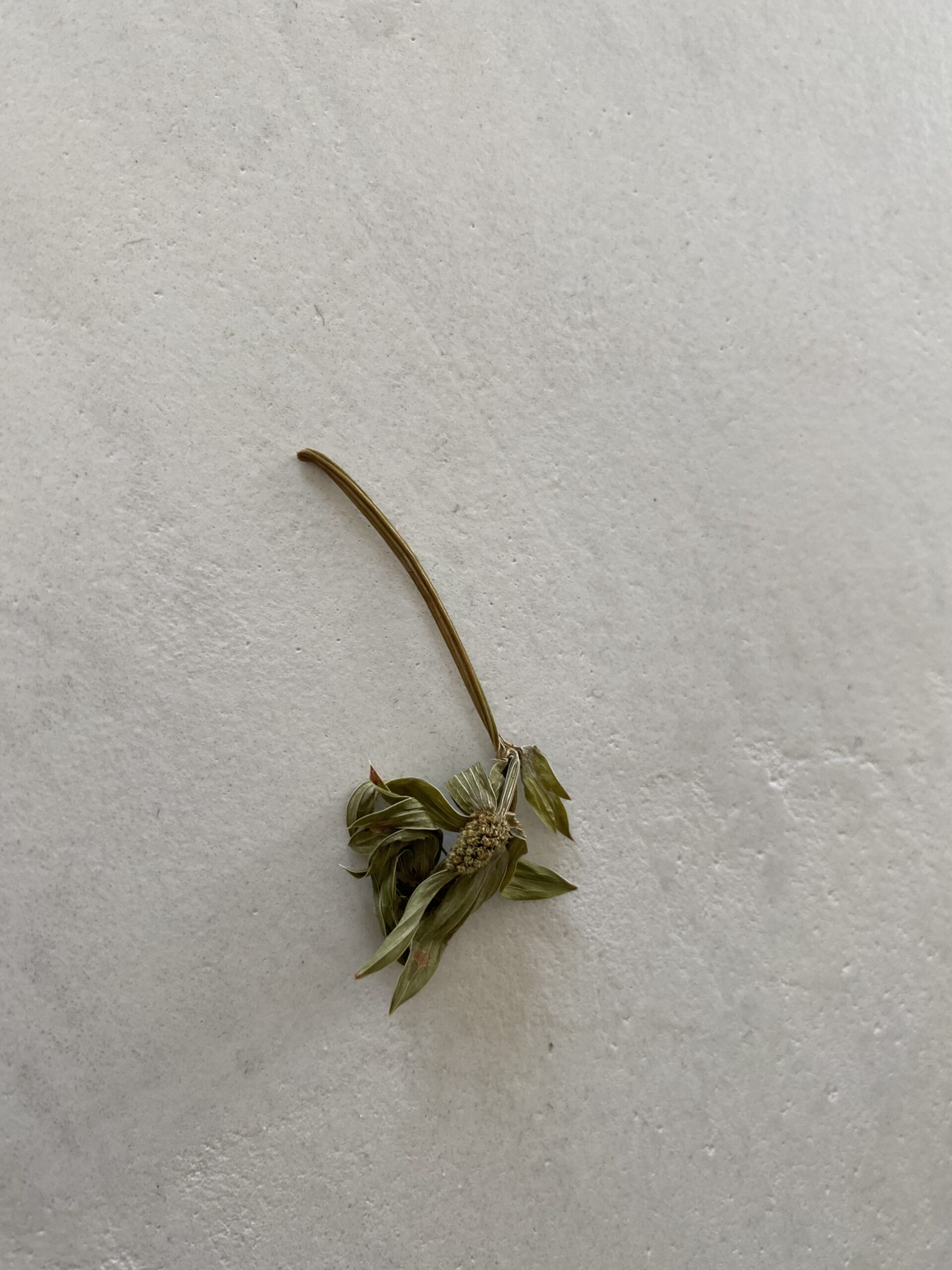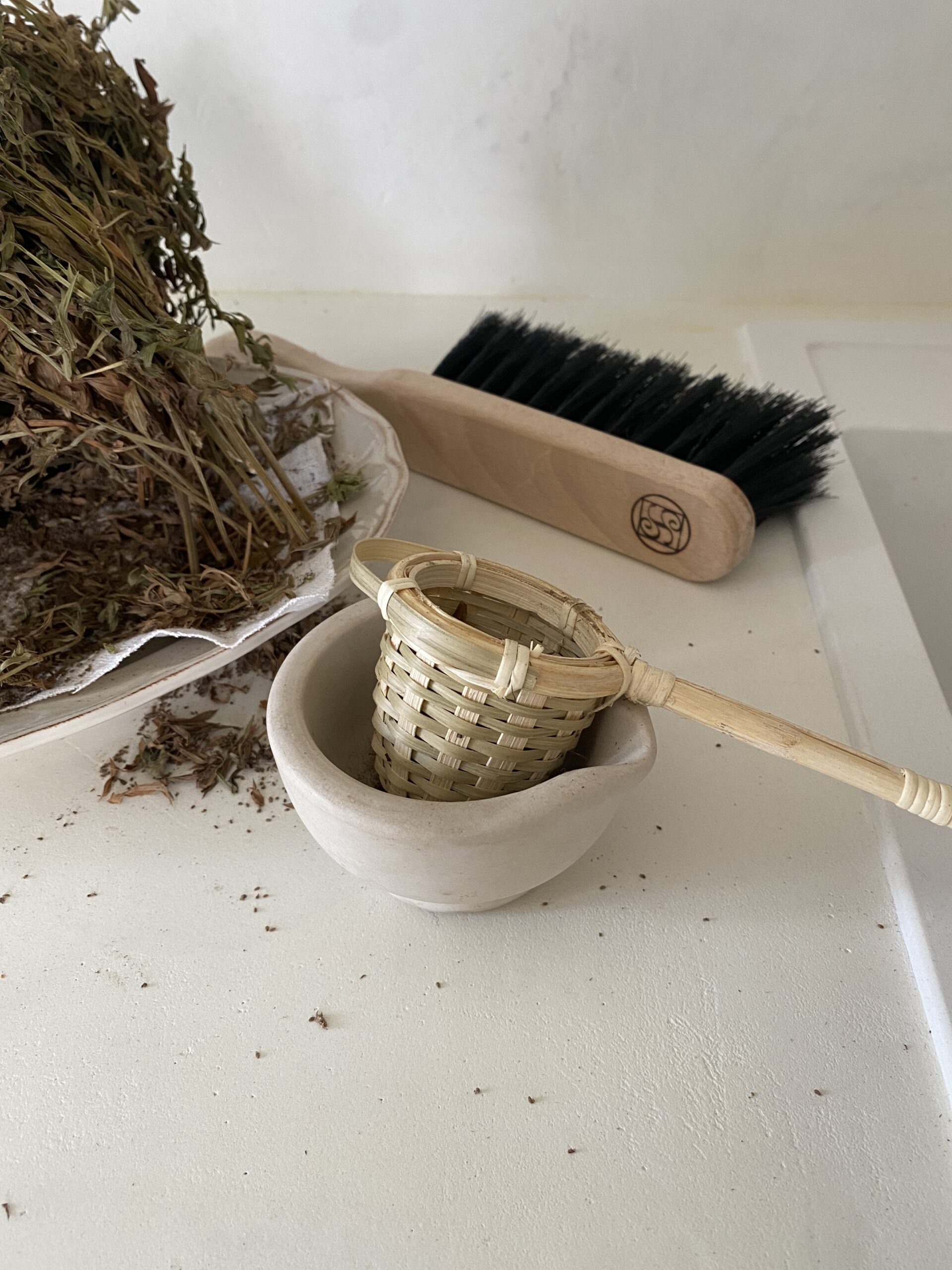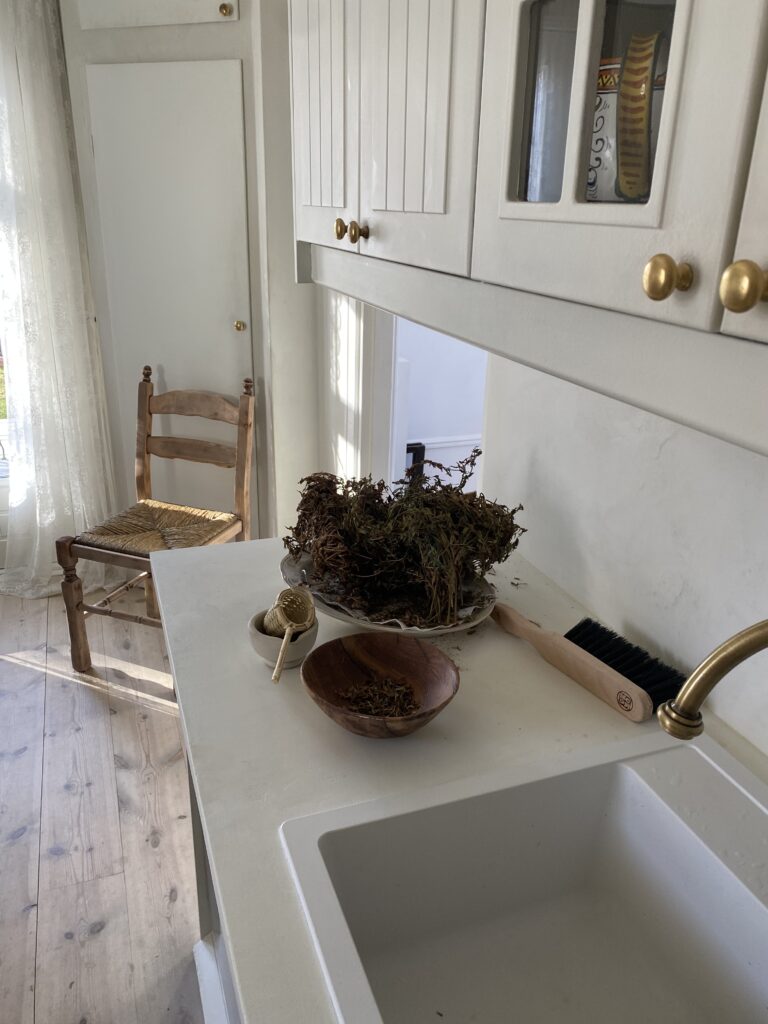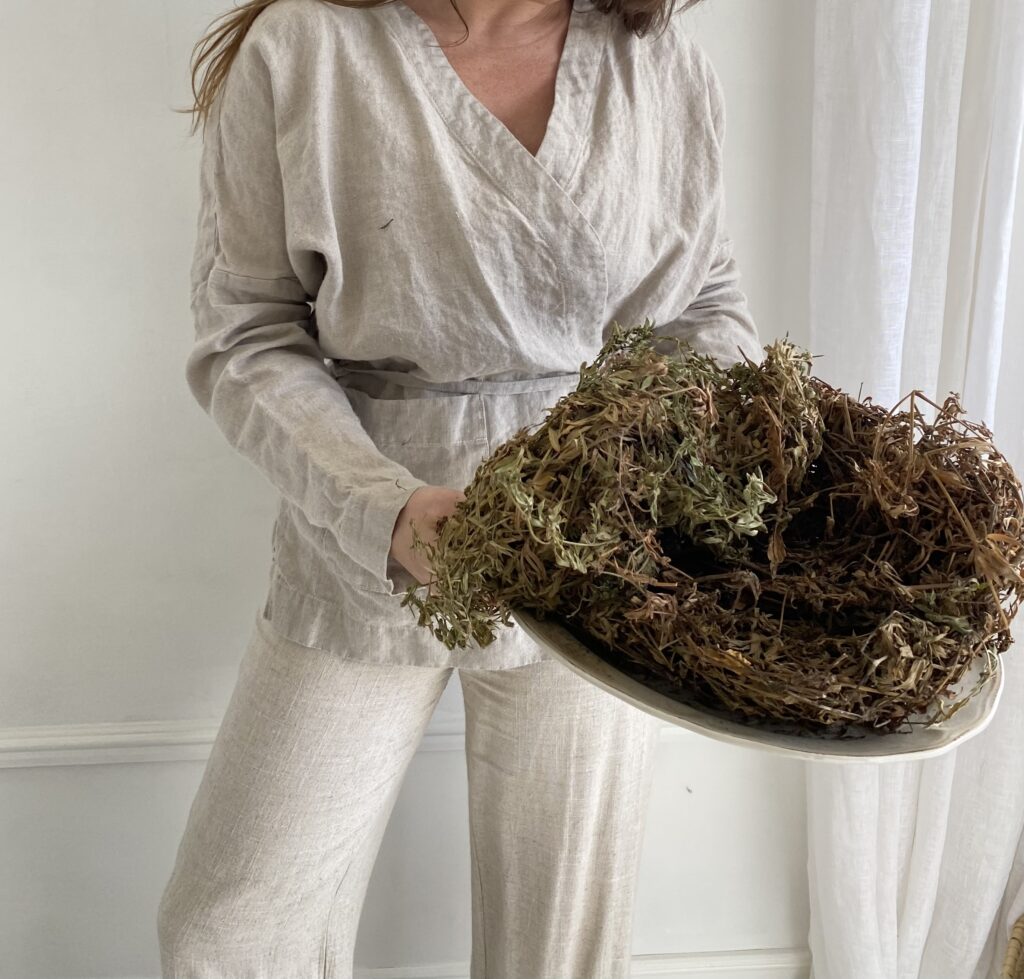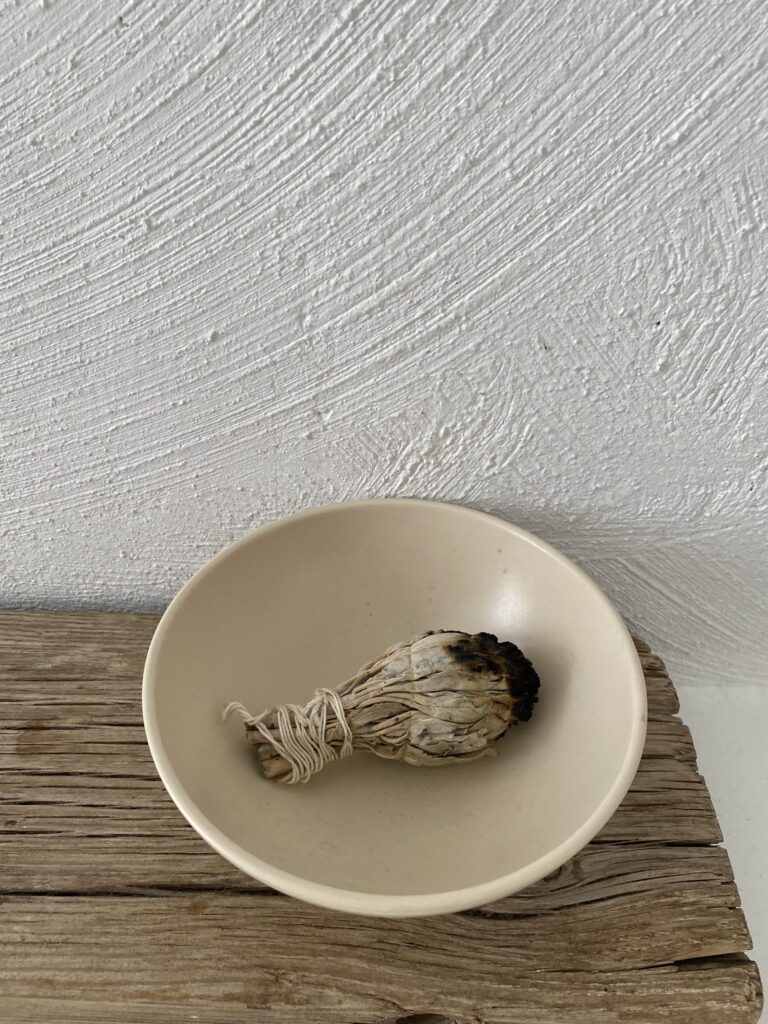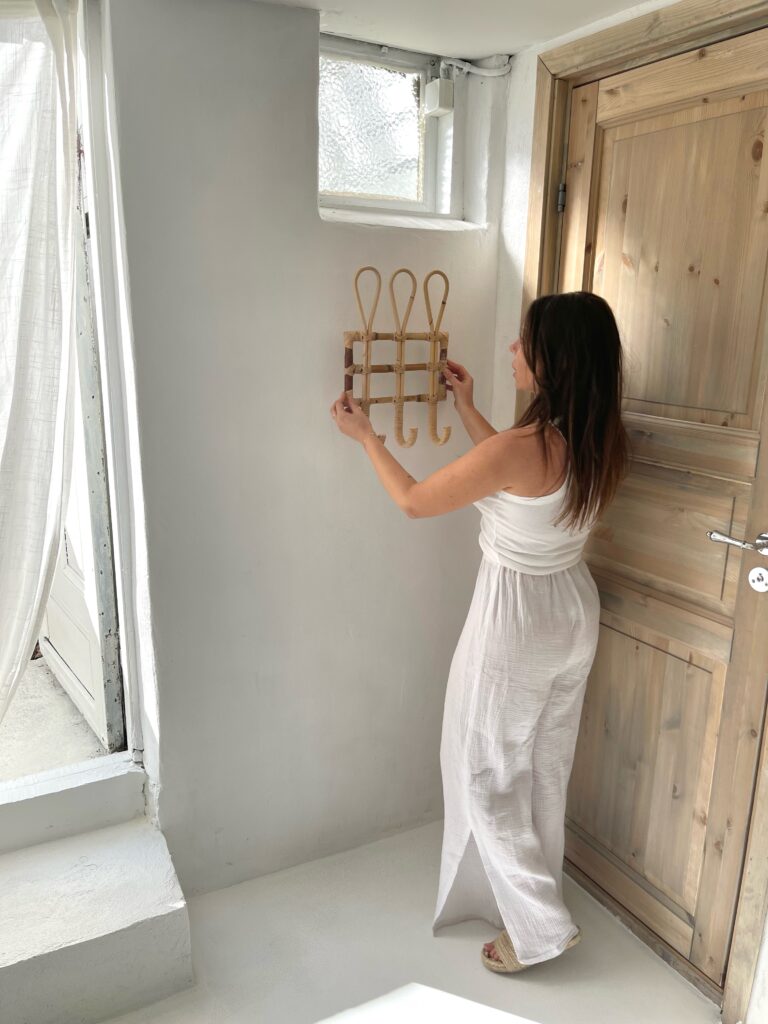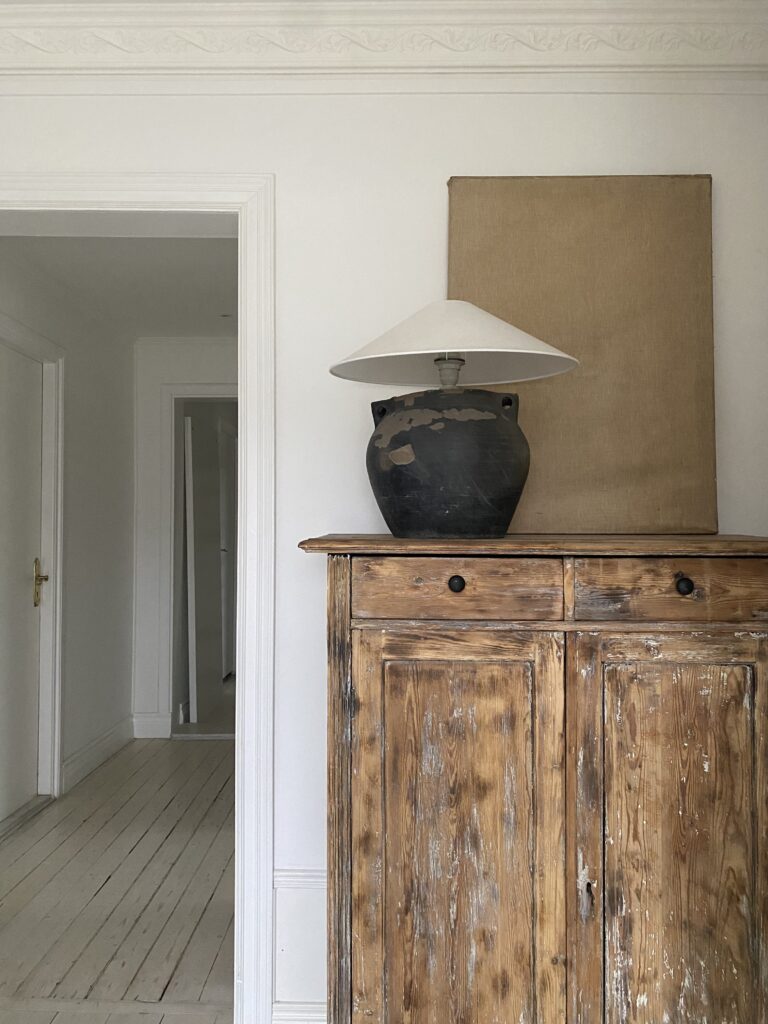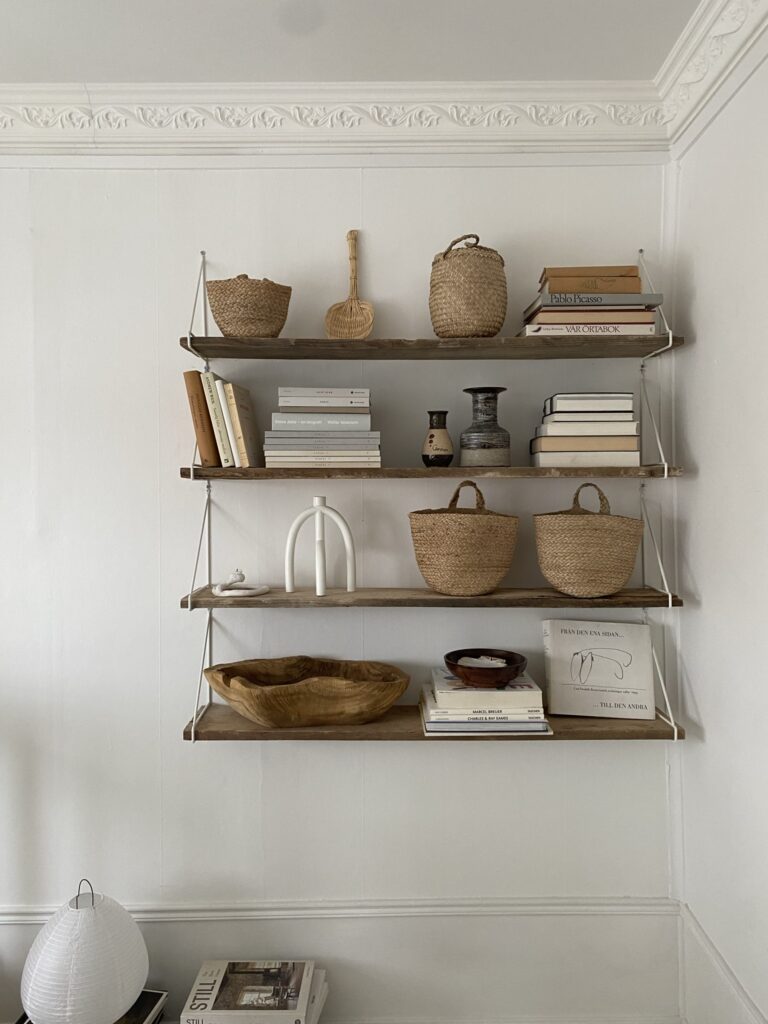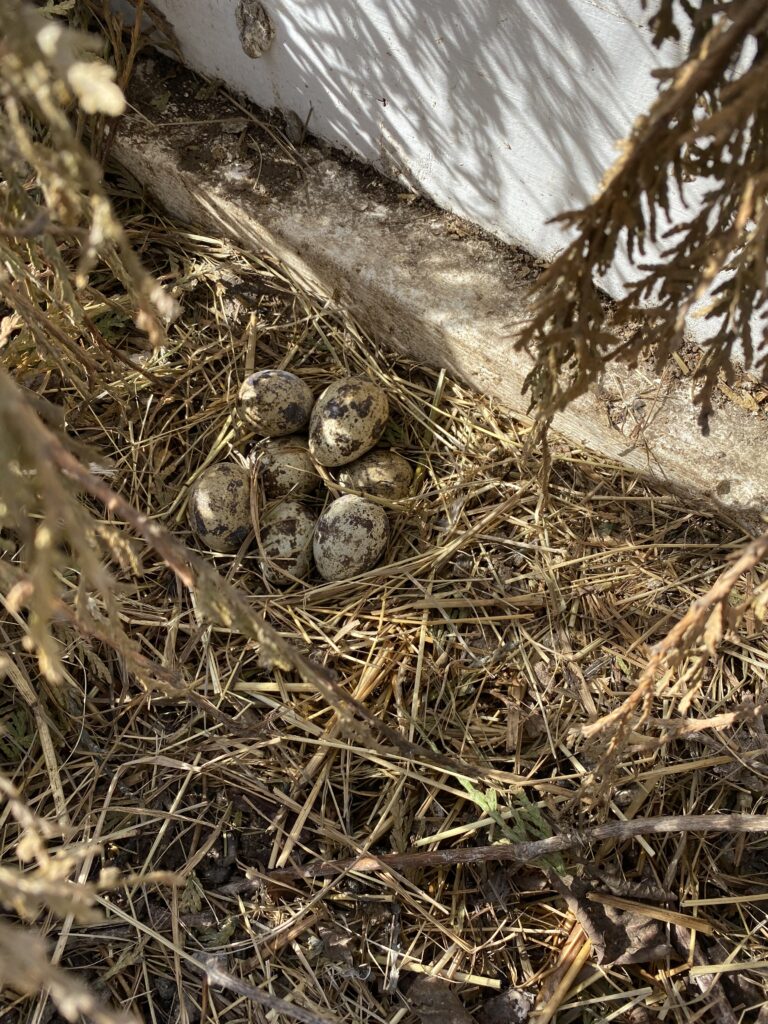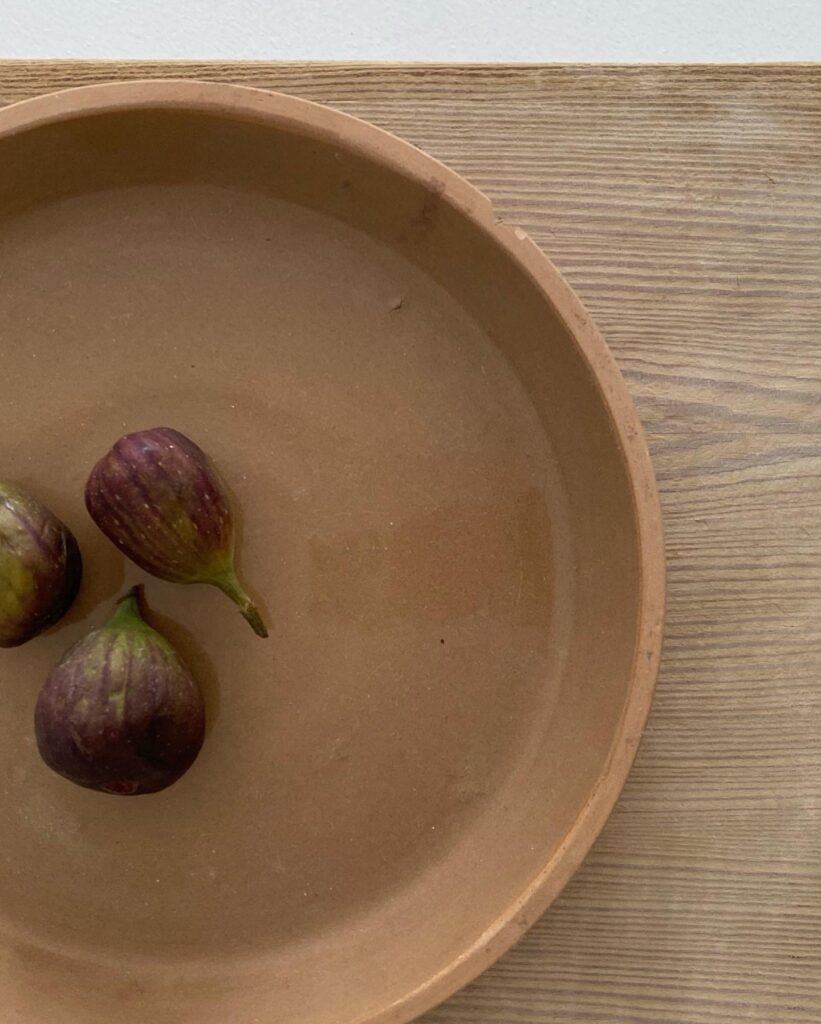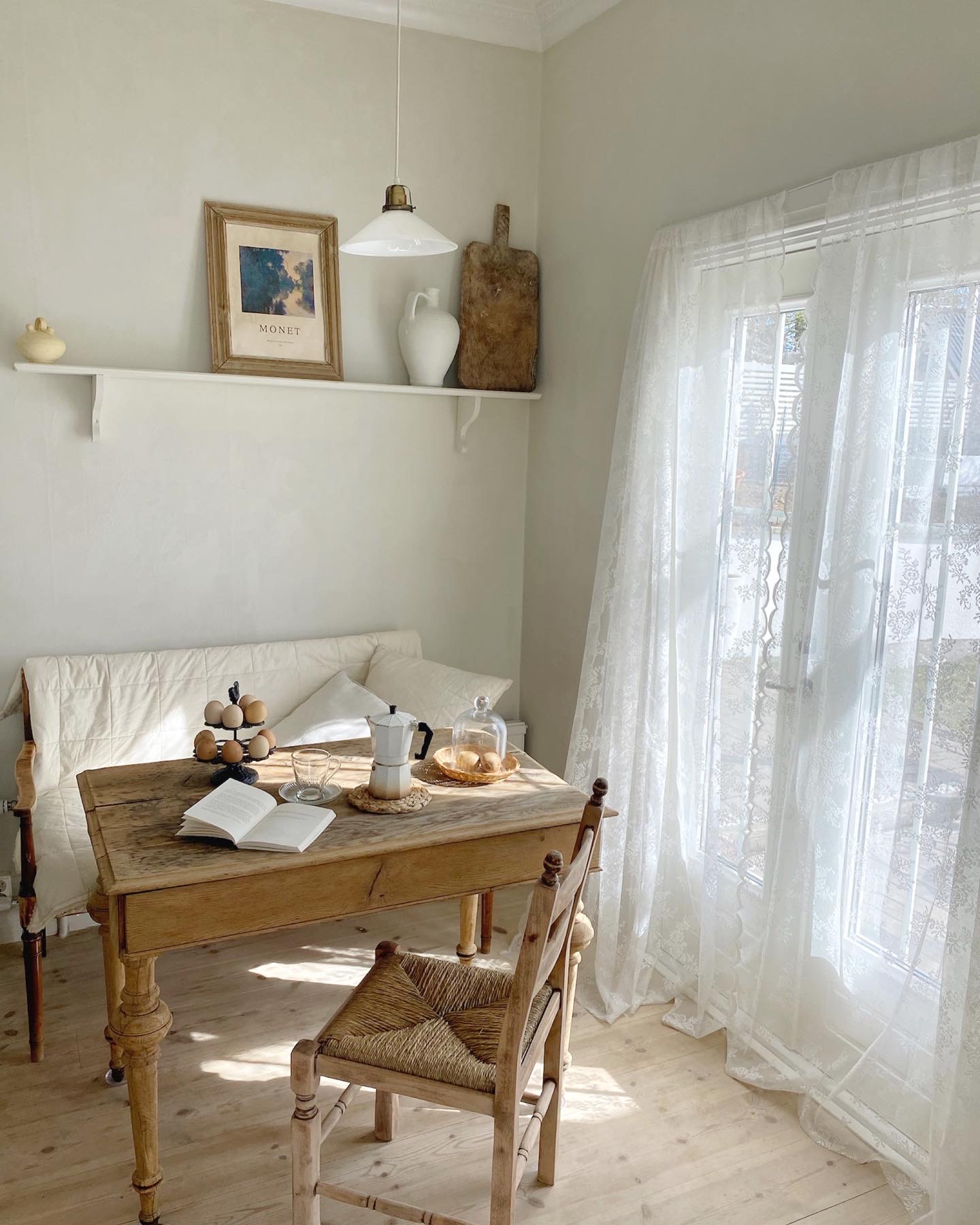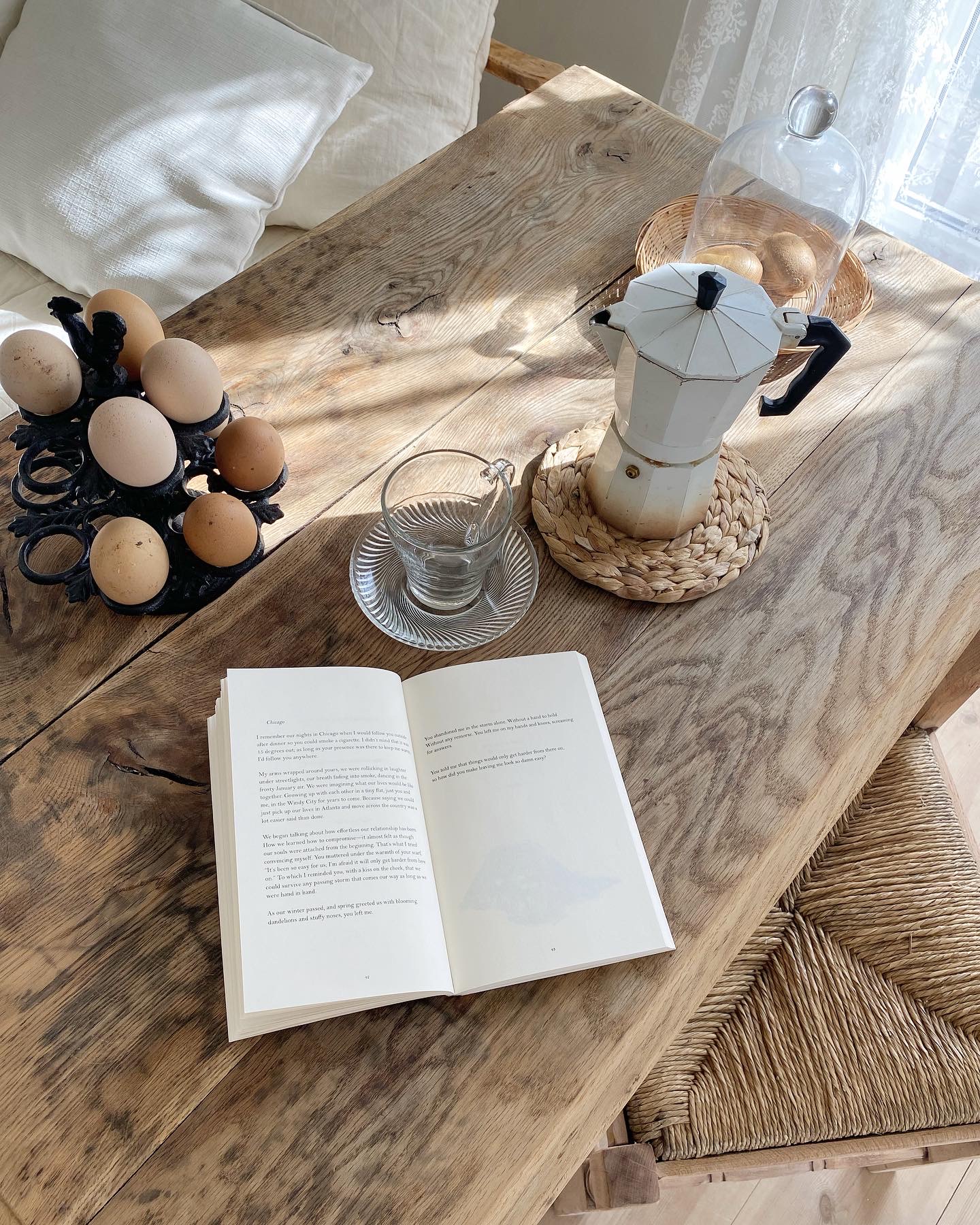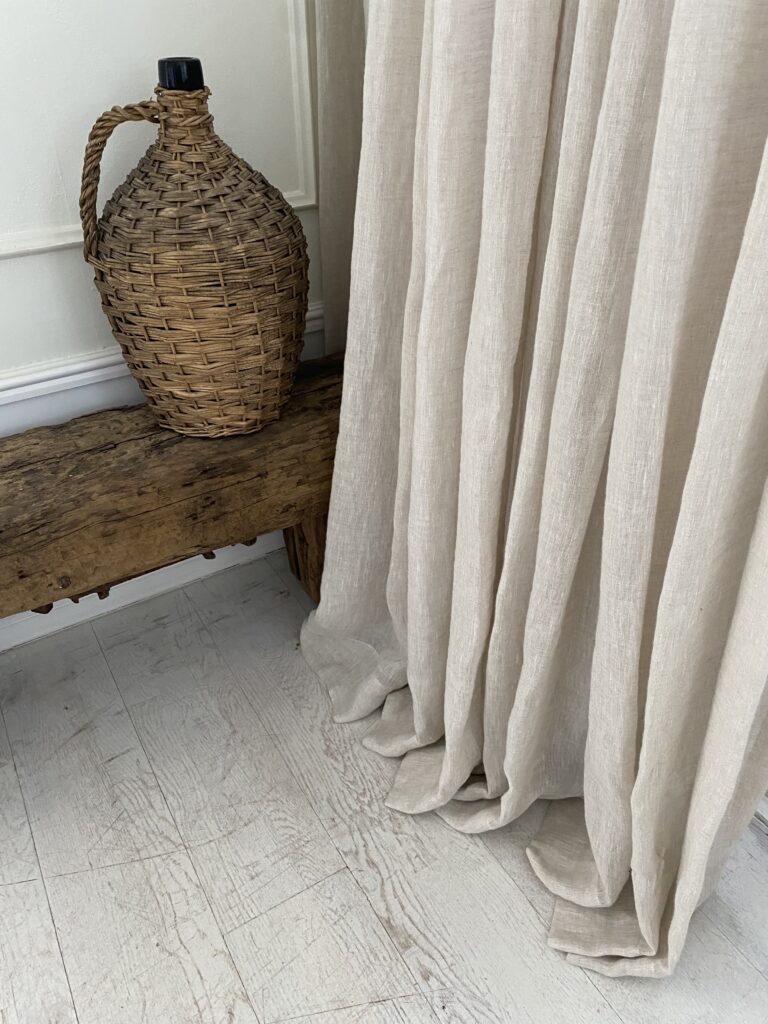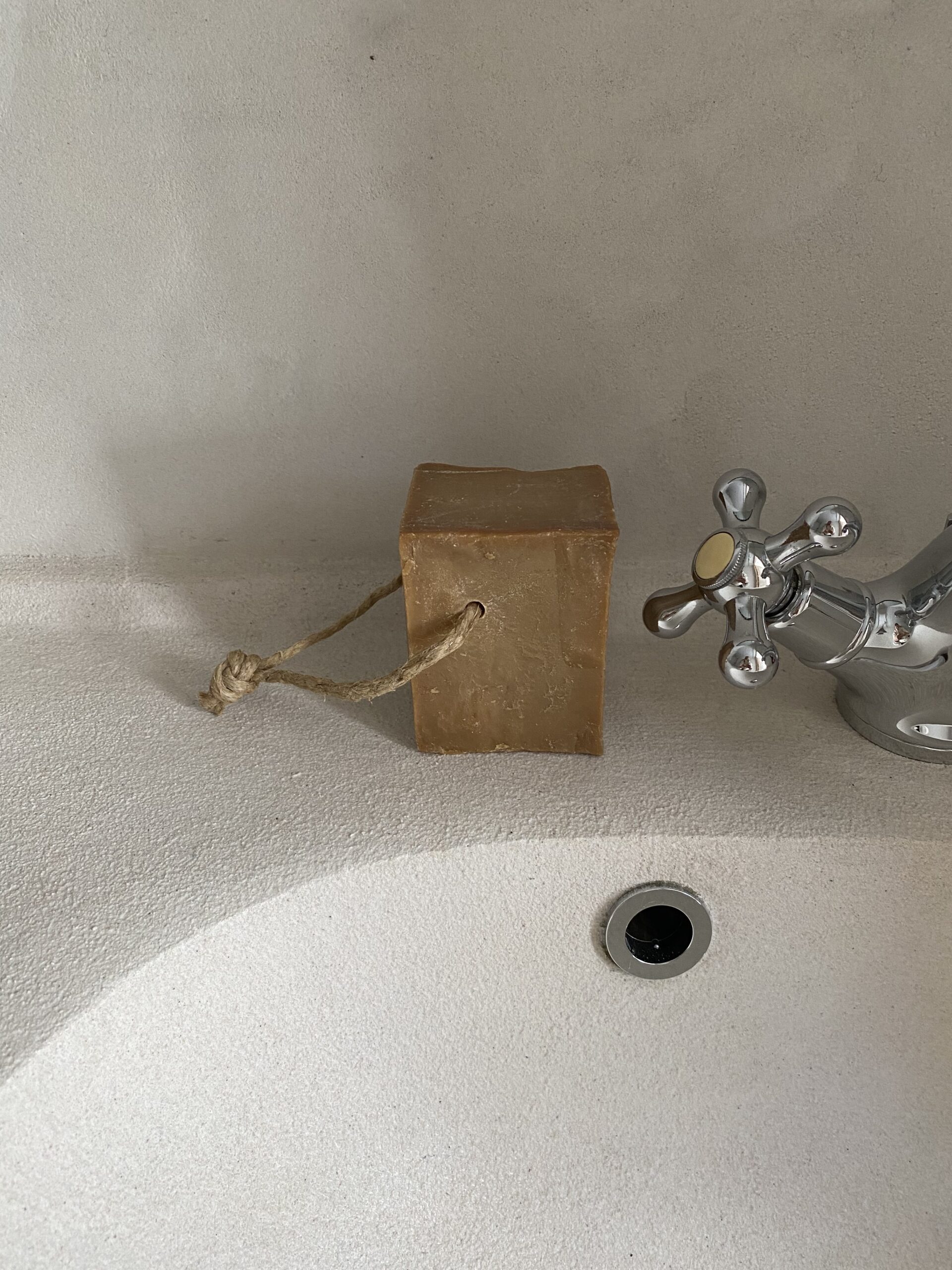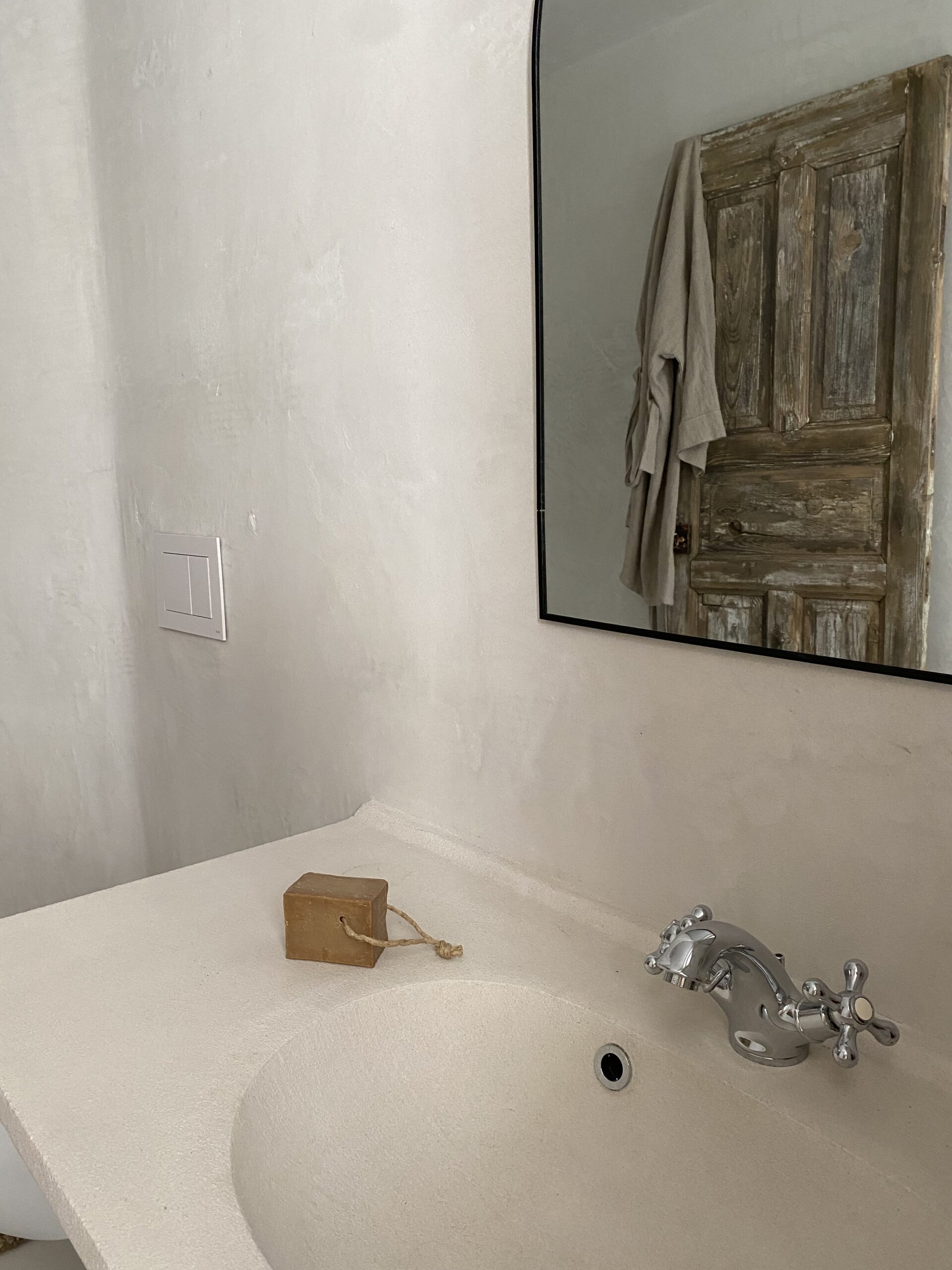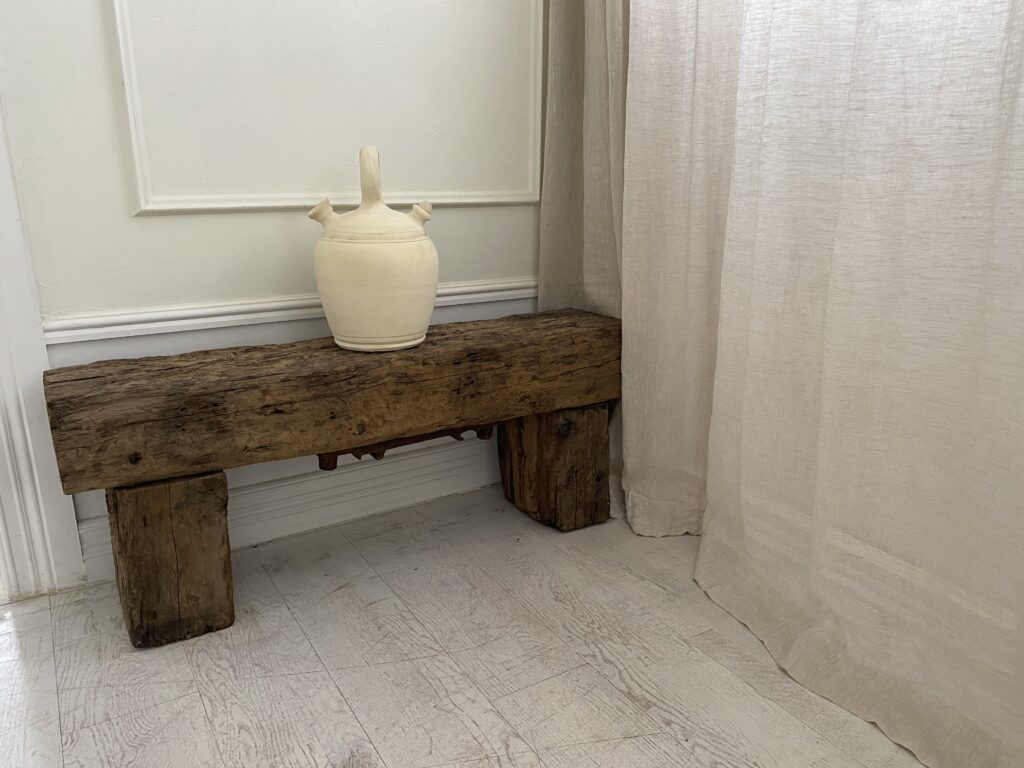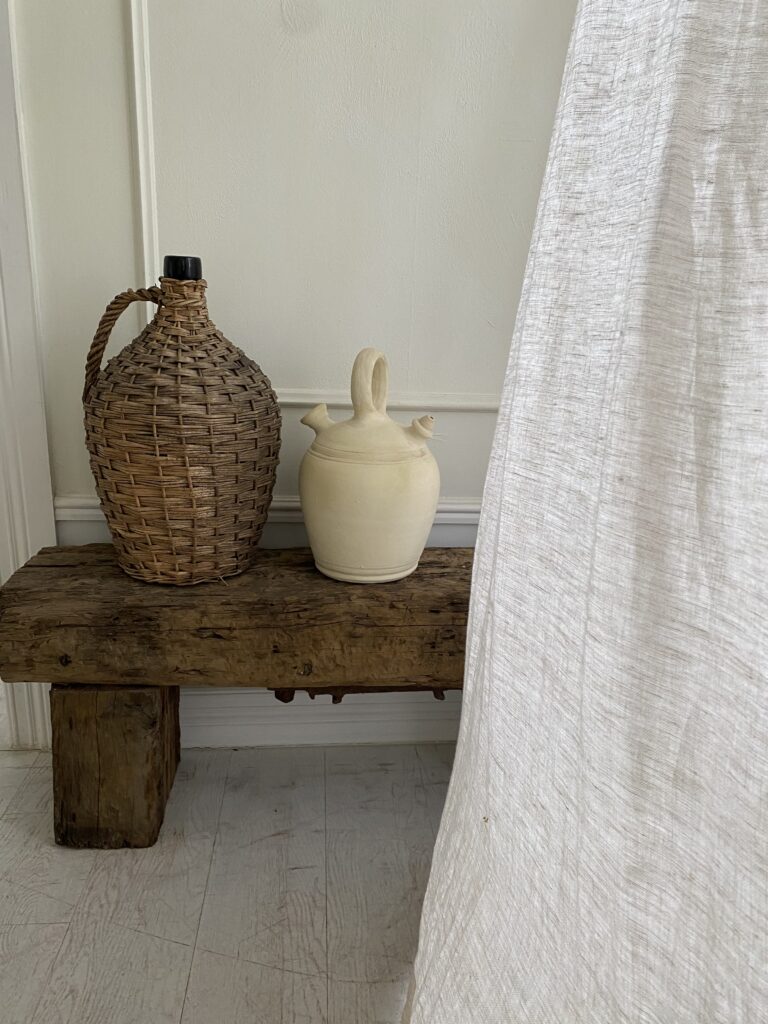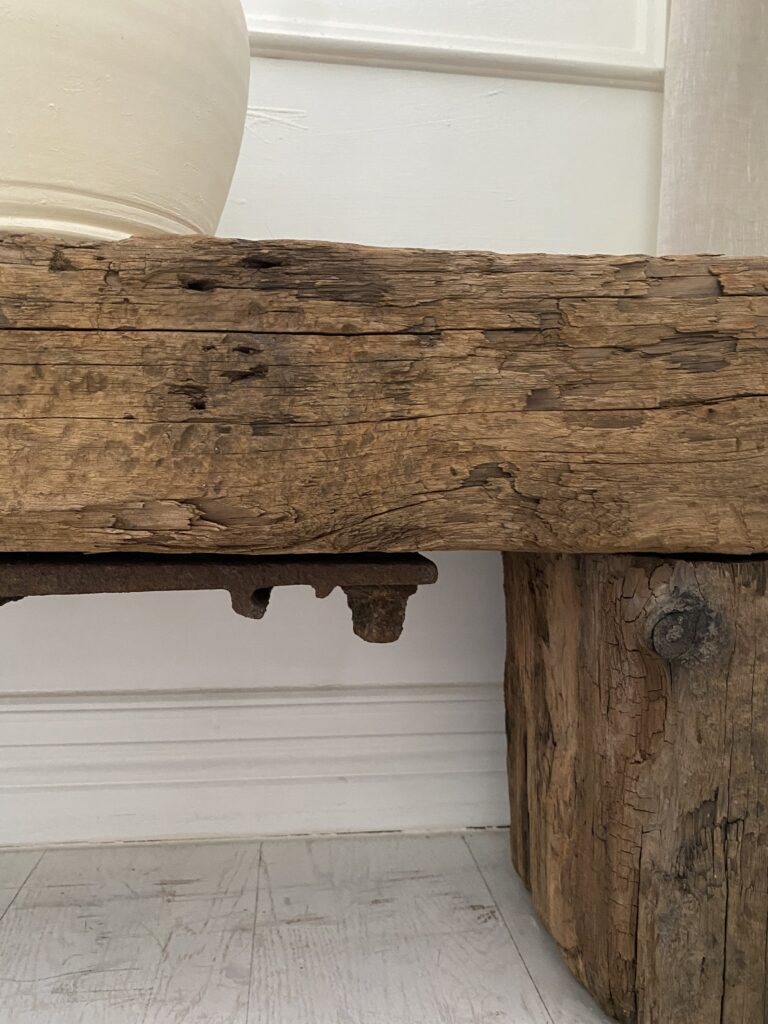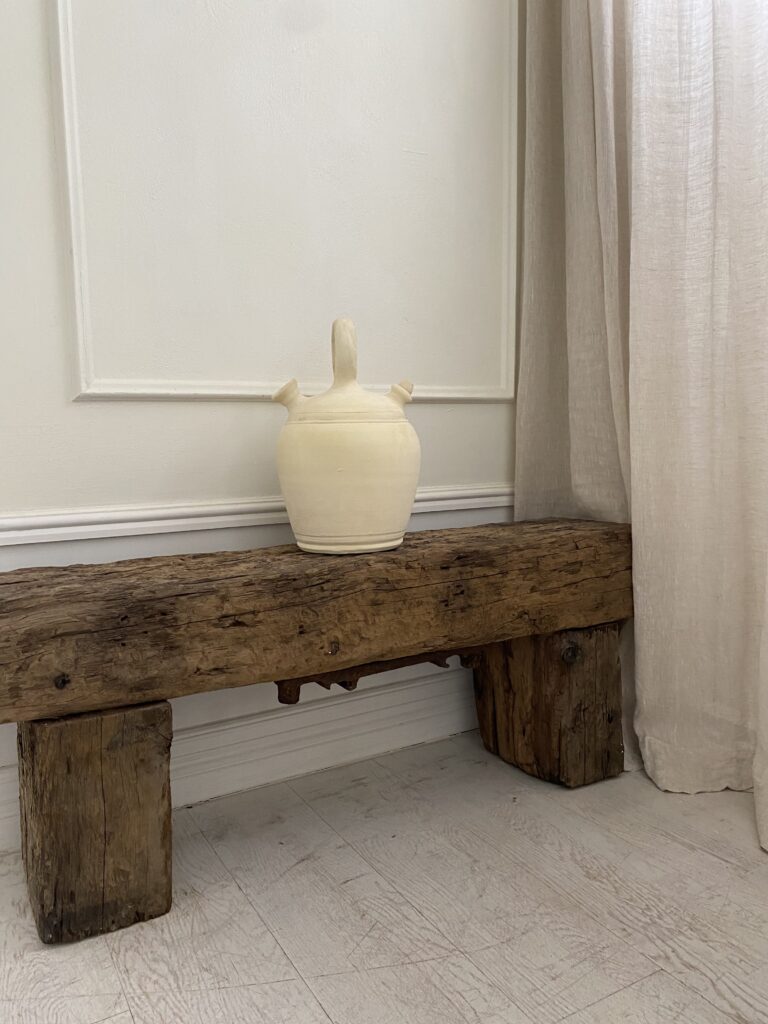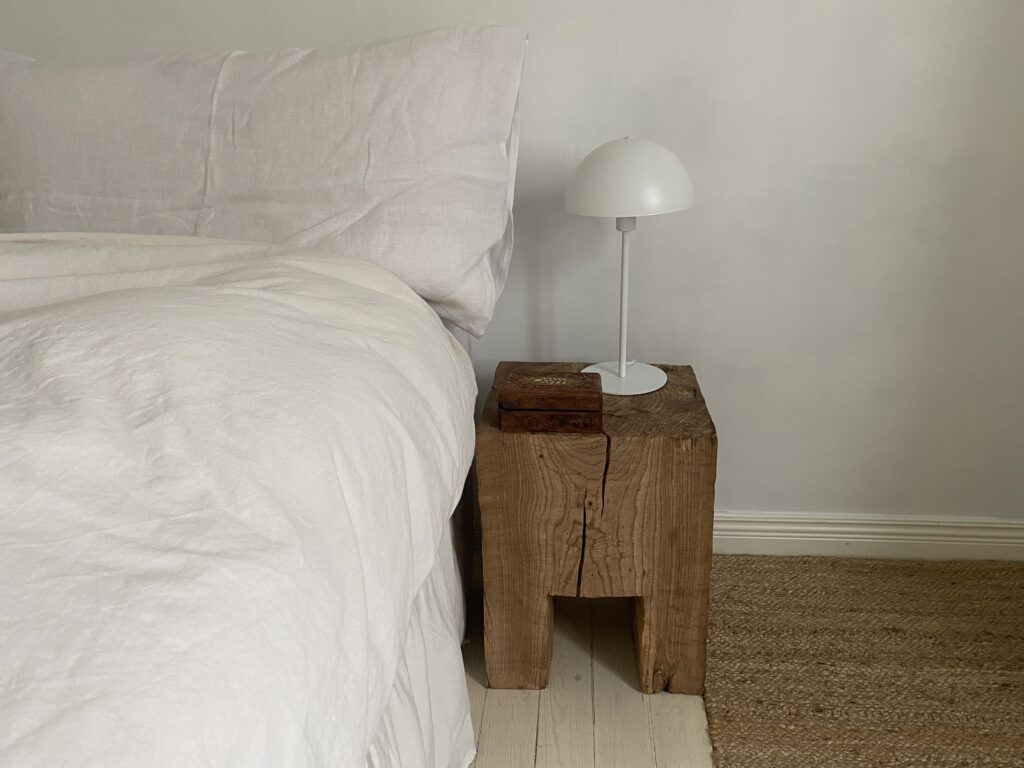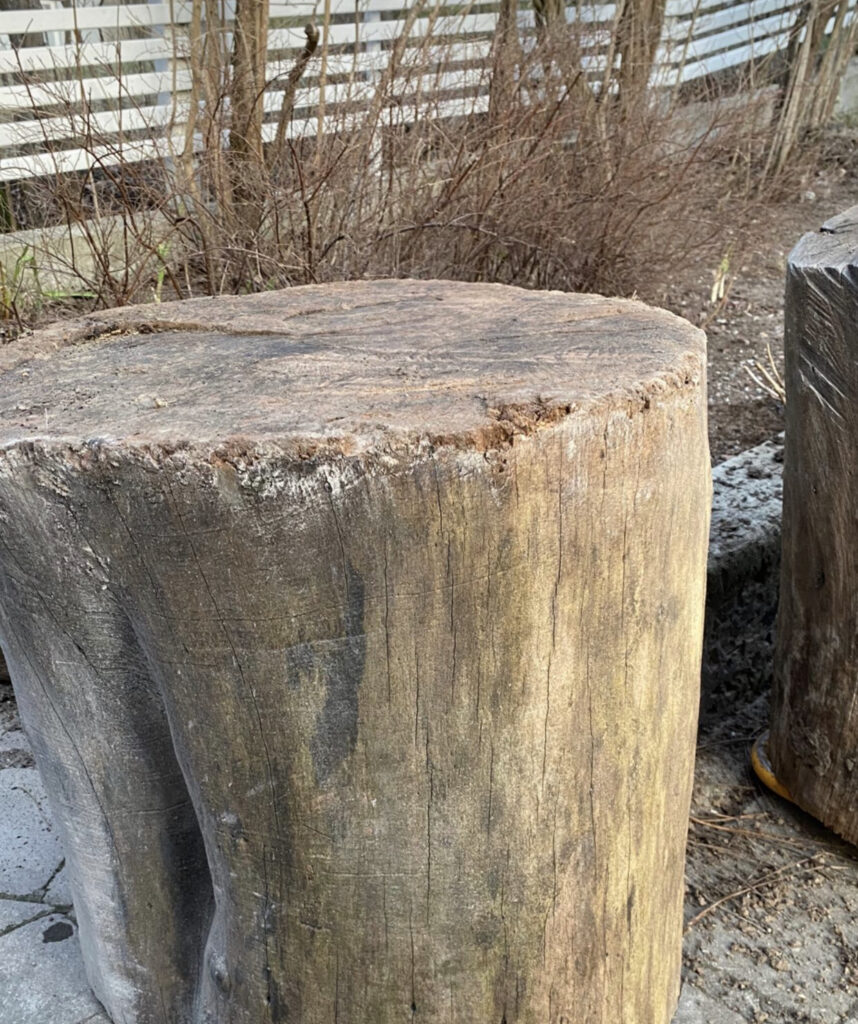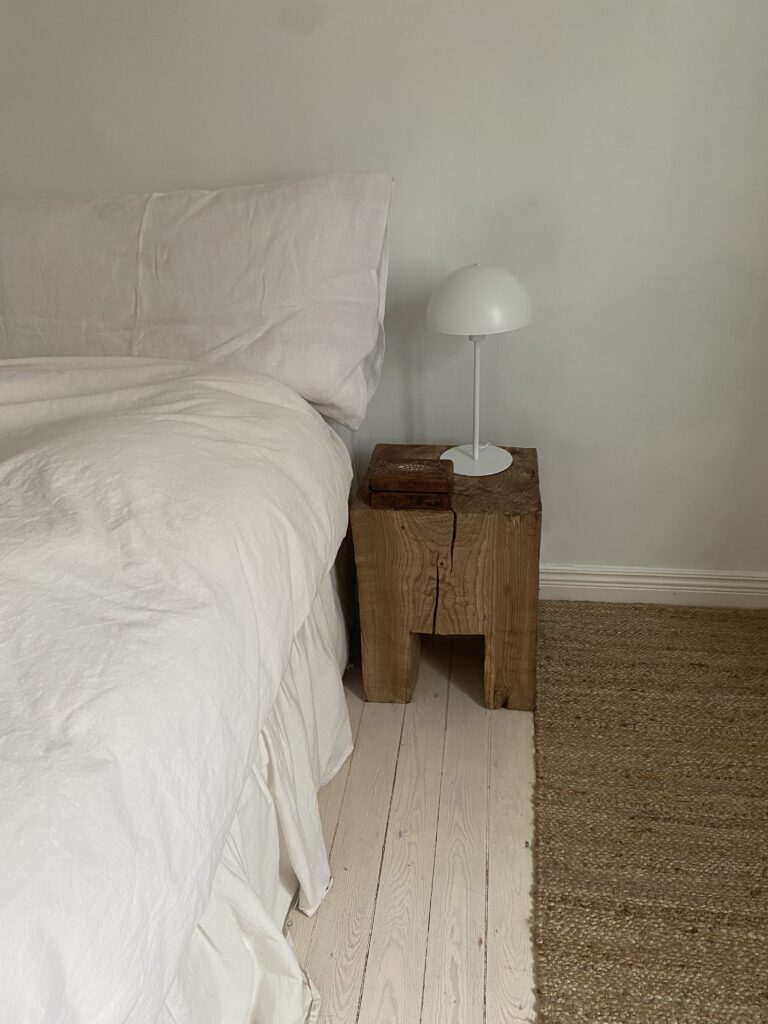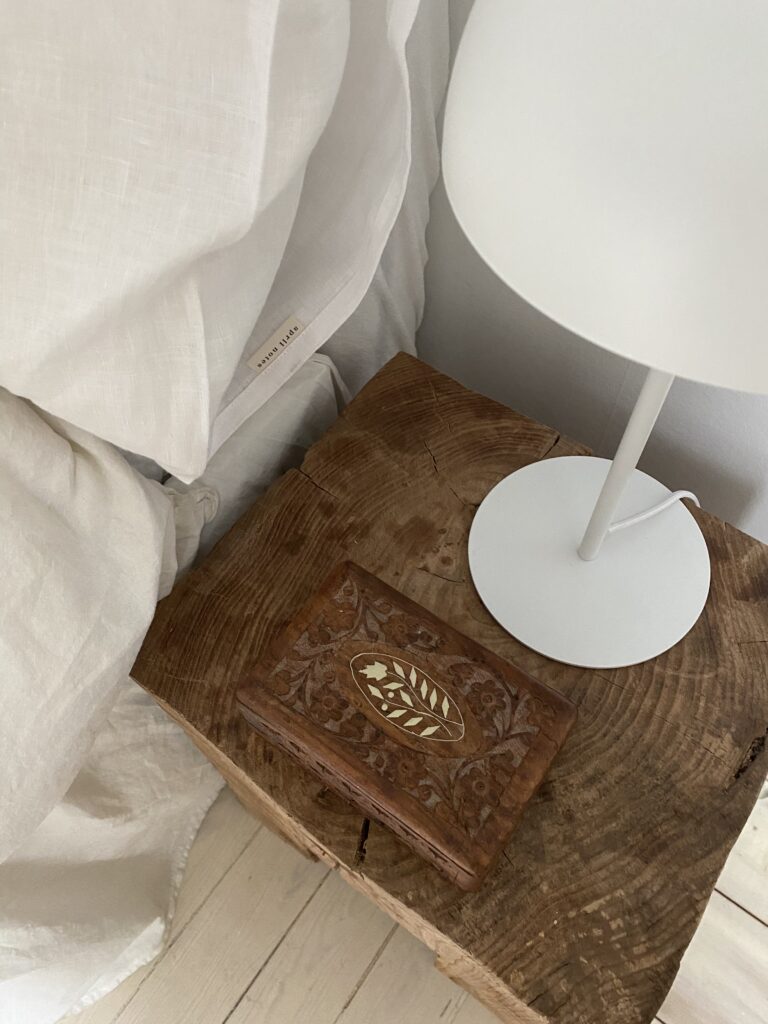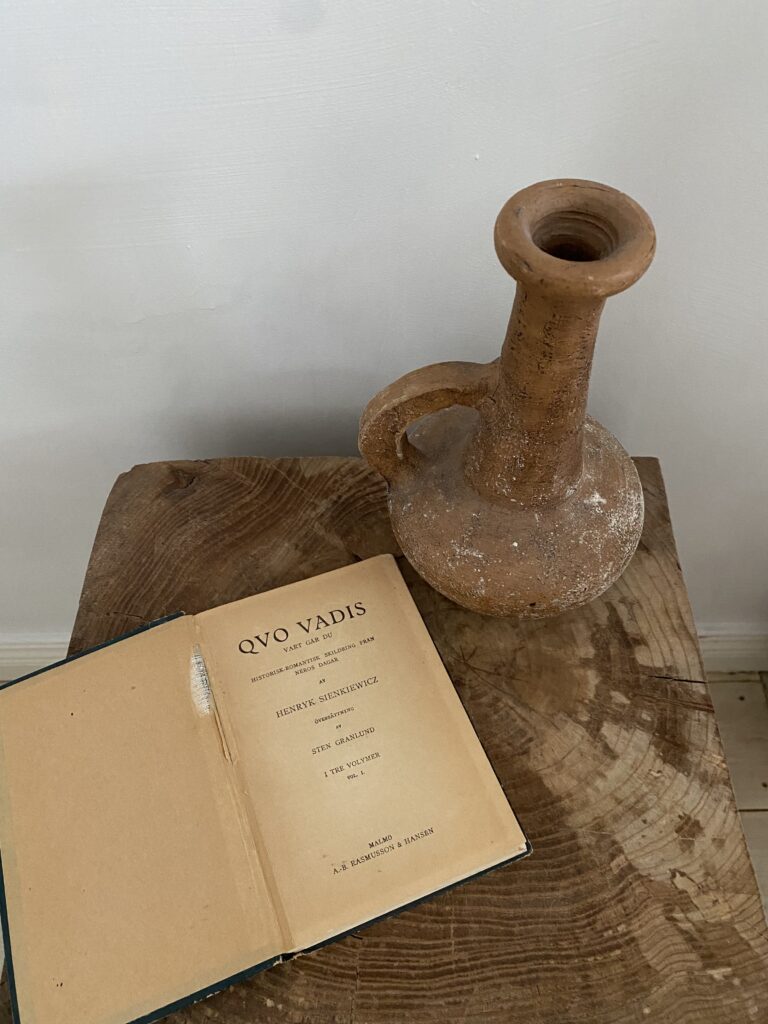My garden is my most beautiful masterpiece. – Claude Monet
It was only last year that I started my journey as a gardener for real and if I confess I wasn’t really sure if I was going to feel the same way towards gardening as last year. But as the weather continues to warm and the ground slowly thaws, I’m back out there again. Putting lots of seeds in the ground, planning and dreaming about my herbal garden and potager.
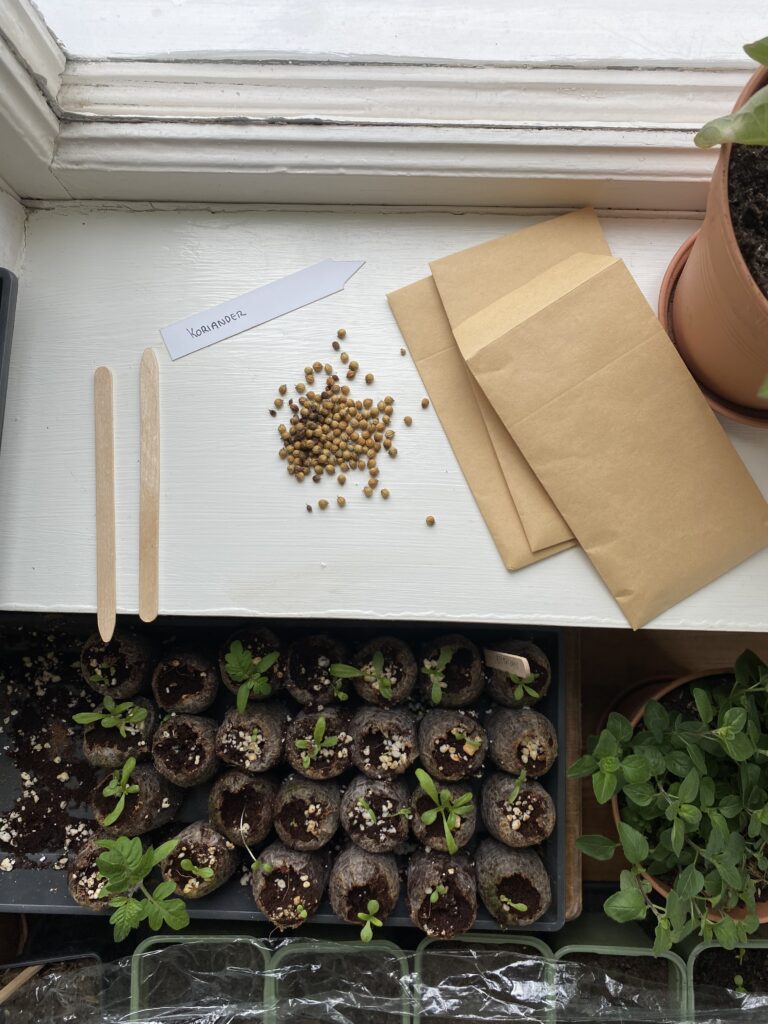
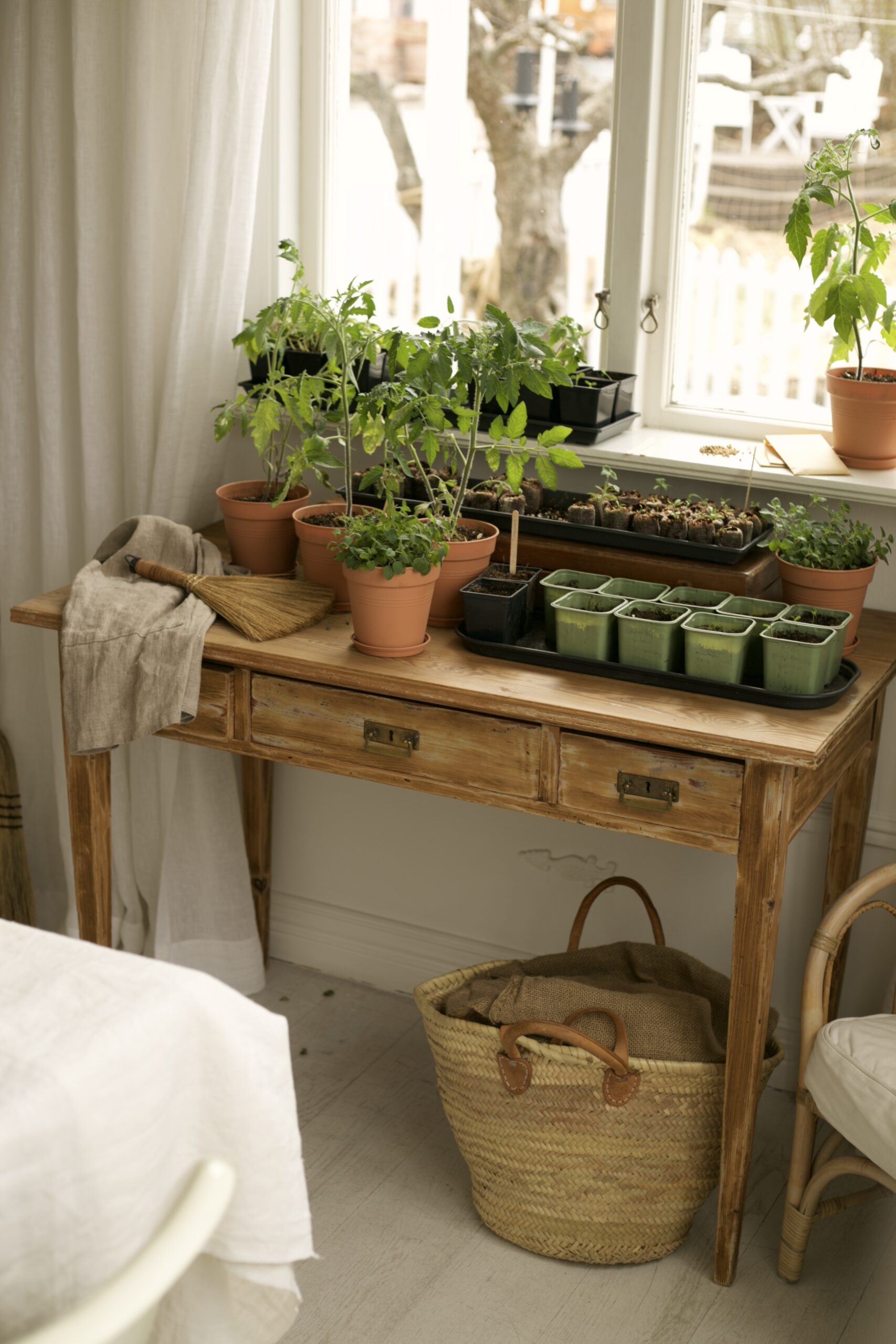
So I guess my feelings towards gardening remained and perhaps even evolved into something deeper. This year I feel a lot more confident and calm and I know what to grow.
I love planting both healthy green things to eat but I’m adding more flowers to brighten up our garden this year.
I have also realized that gardening is more than just a fun hobby – it’s also a way to reduce stress and ease anxiety. And even though I started gardening during a time when most of our plans for the summer looked a lot different because of Covid-19, I learned that the benefits of gardening also provided some much needed respite form the daily stress.
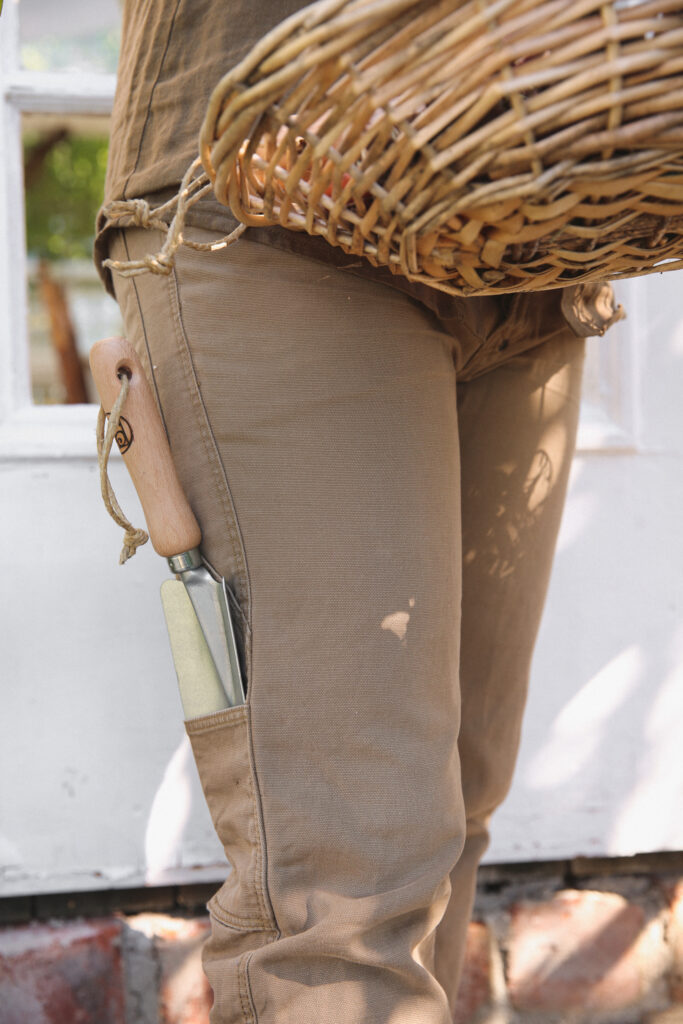
I feel a bump in serotonin as soon as i’m out in my garden or greenhouse, and we all know how serotonin can help ease anxiety. The fresh air and the healthy bacteria inhaled thanks to the soil is also a simple but effective remedy to all sorts of ailments.
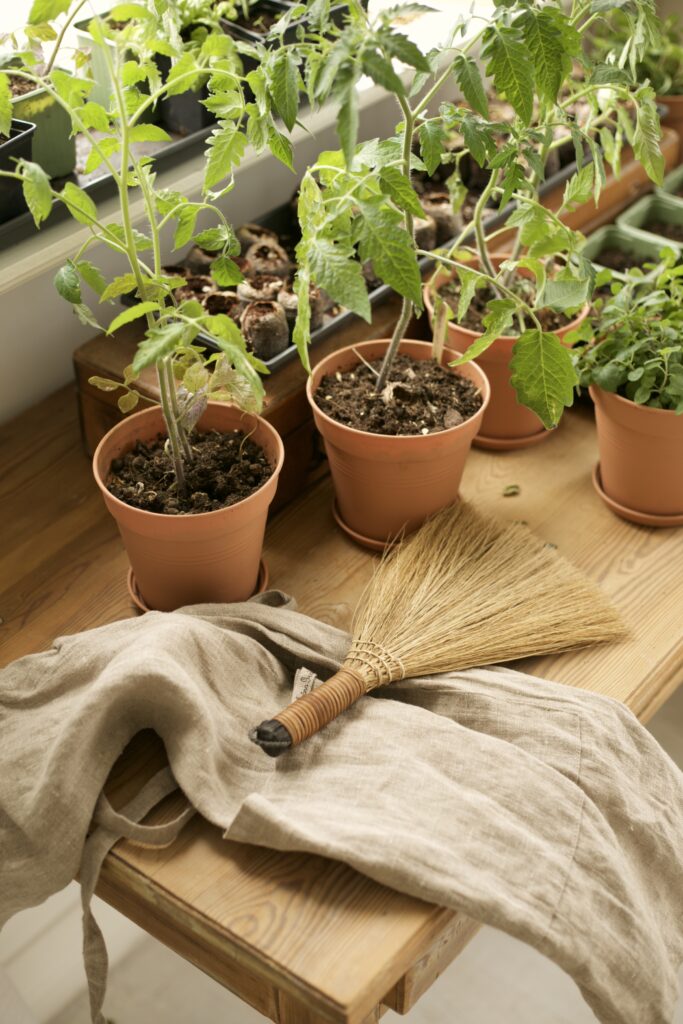
The other obvious benefit of taking up gardening is the ability that you have to grow something and experience the process of cultivating and caring for your own vegetables. From my experience, there aren’t many things more satisfying than a fresh carrot straight from the garden, pickling our home grown beans, or picking squash flowers off the vine as summer turns to fall.
Certainly not everyone has the space to grow an extensive vegetable garden, my gat isn’t big at all, but even a small plot or a window box or container can give you the opportunity to grow herbs, spices, chives, or flowers. Simple staples in the kitchen don’t need vast gardens to grow and the satisfaction of your harvest, no matter how big can help to bring a sense of satisfaction that just can’t compare to going to the grocery store.
Finally, working in the garden through the summer gives your outdoor space a purpose and can bring pure enjoyment from simply stepping outside. Planting flowers or a vegetable garden will bring a sense of life and growth to your yard while also utilizing the space for practical and beautiful growth.
The work I put into our garden encourages us to spend more time outdoors getting the fresh air and sunshine we so desperately need.
So I’m planting seeds in the soil and feeding my soul as they grow. You should try it too.
Love Lina

